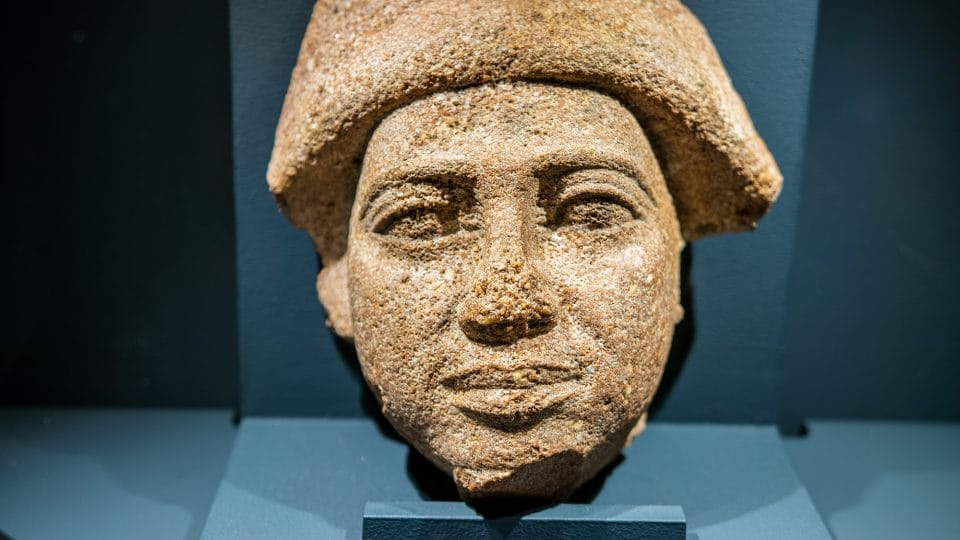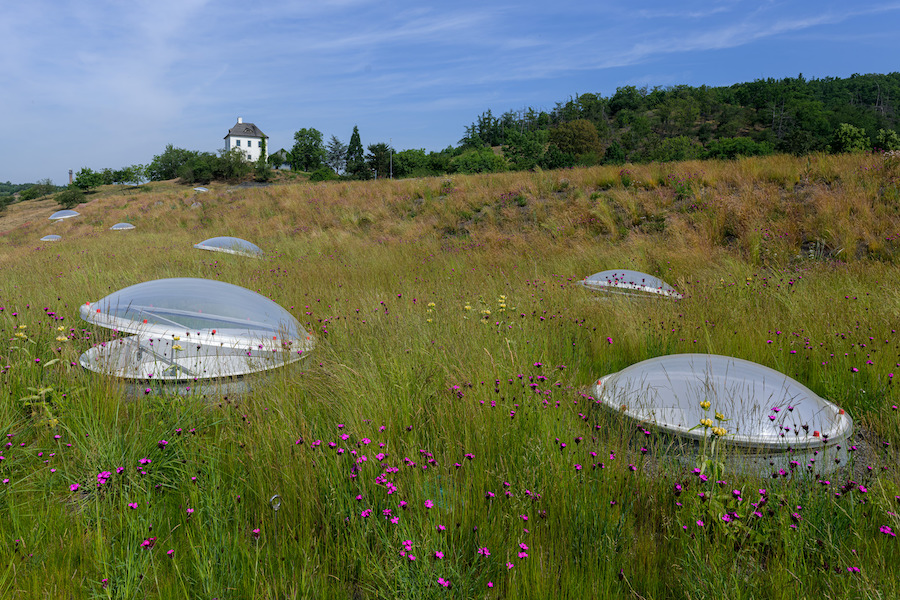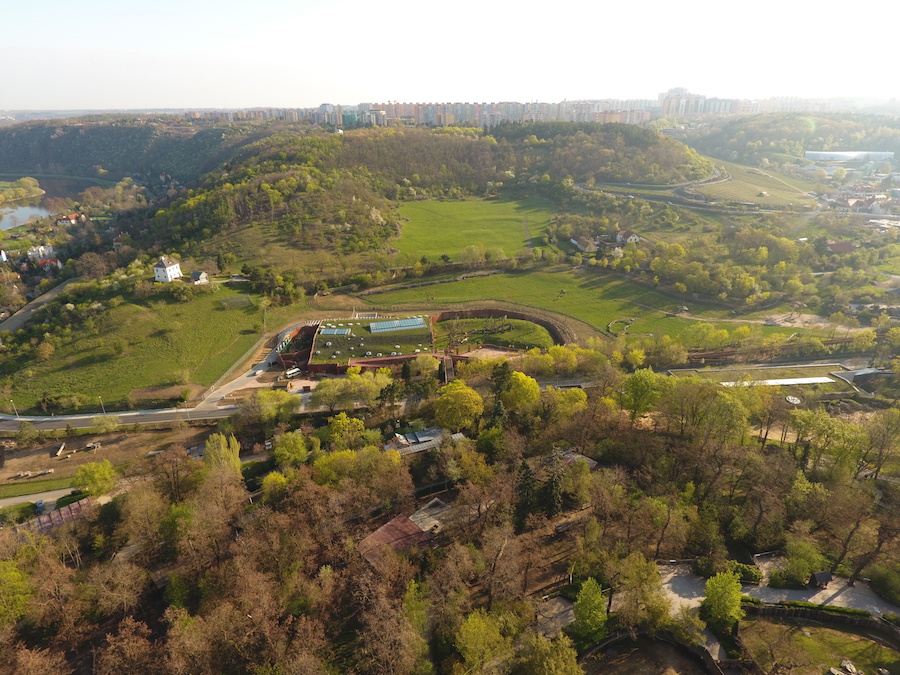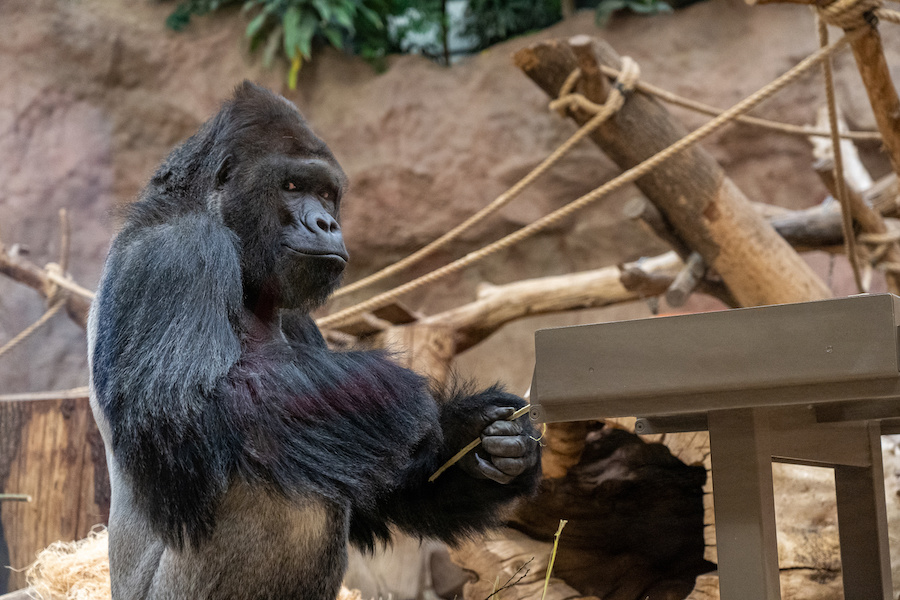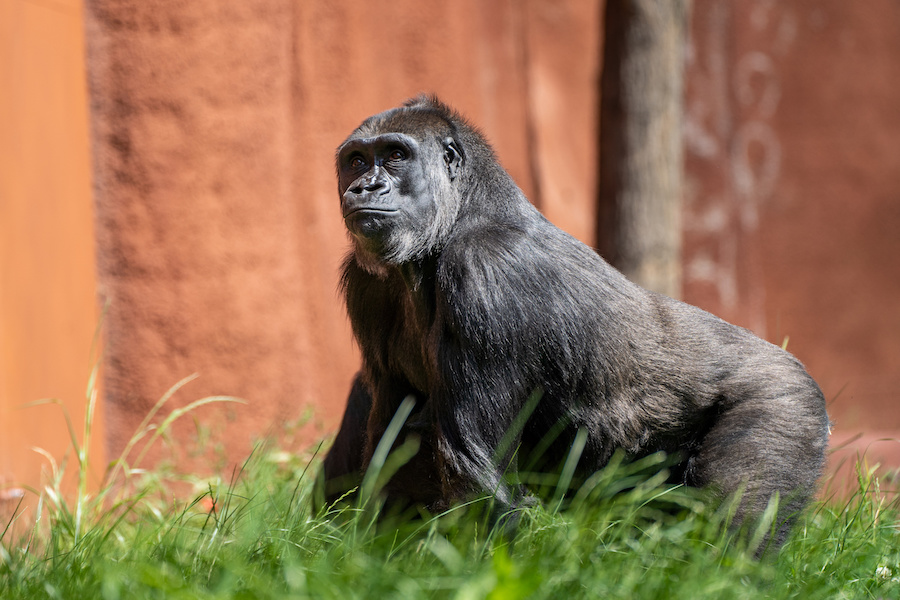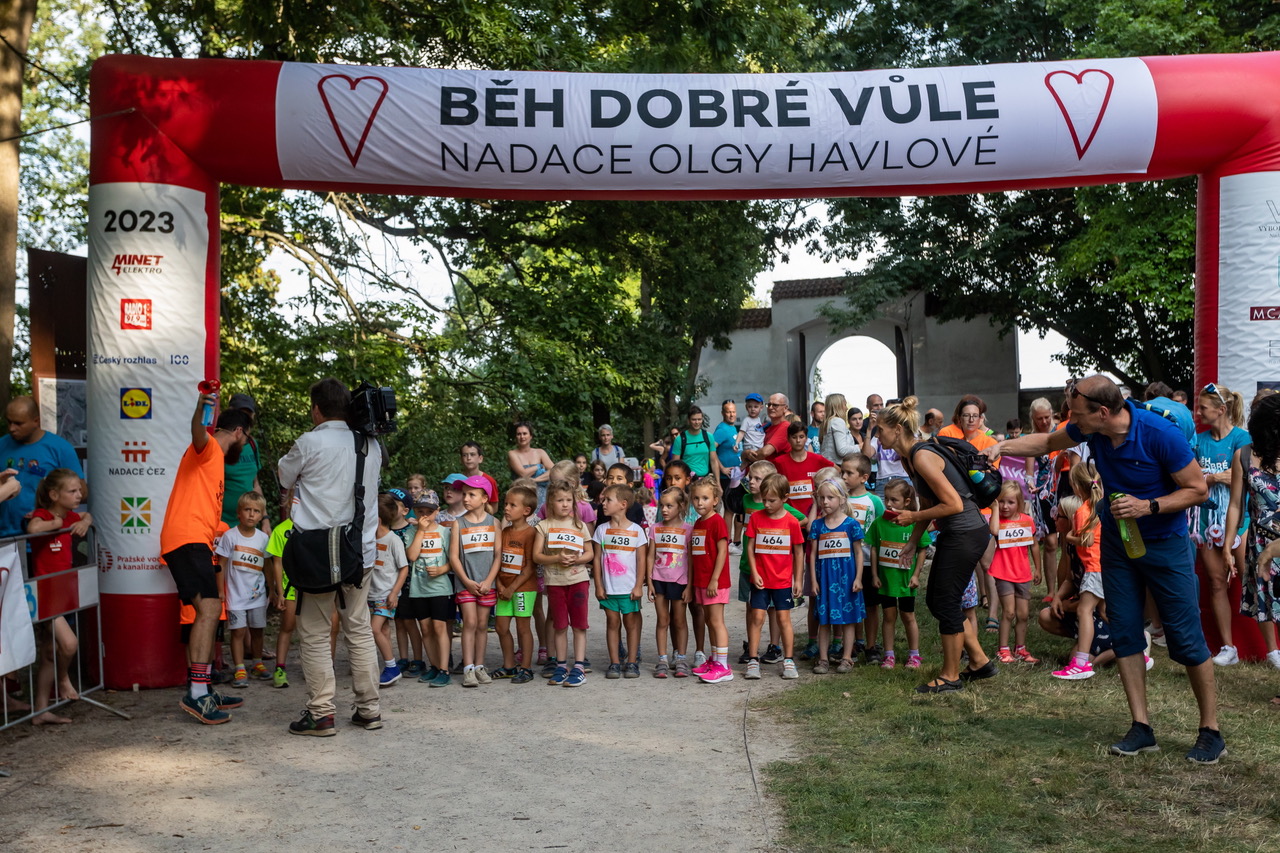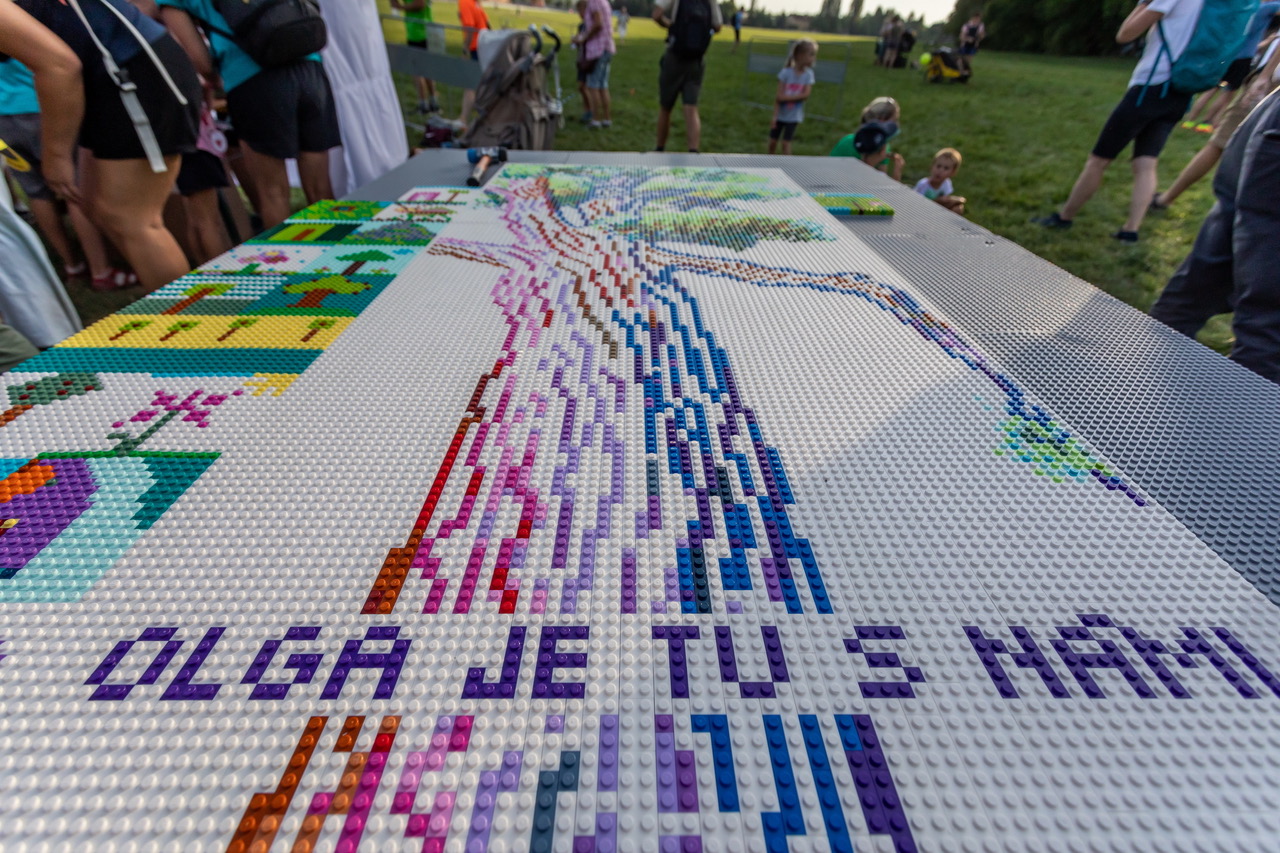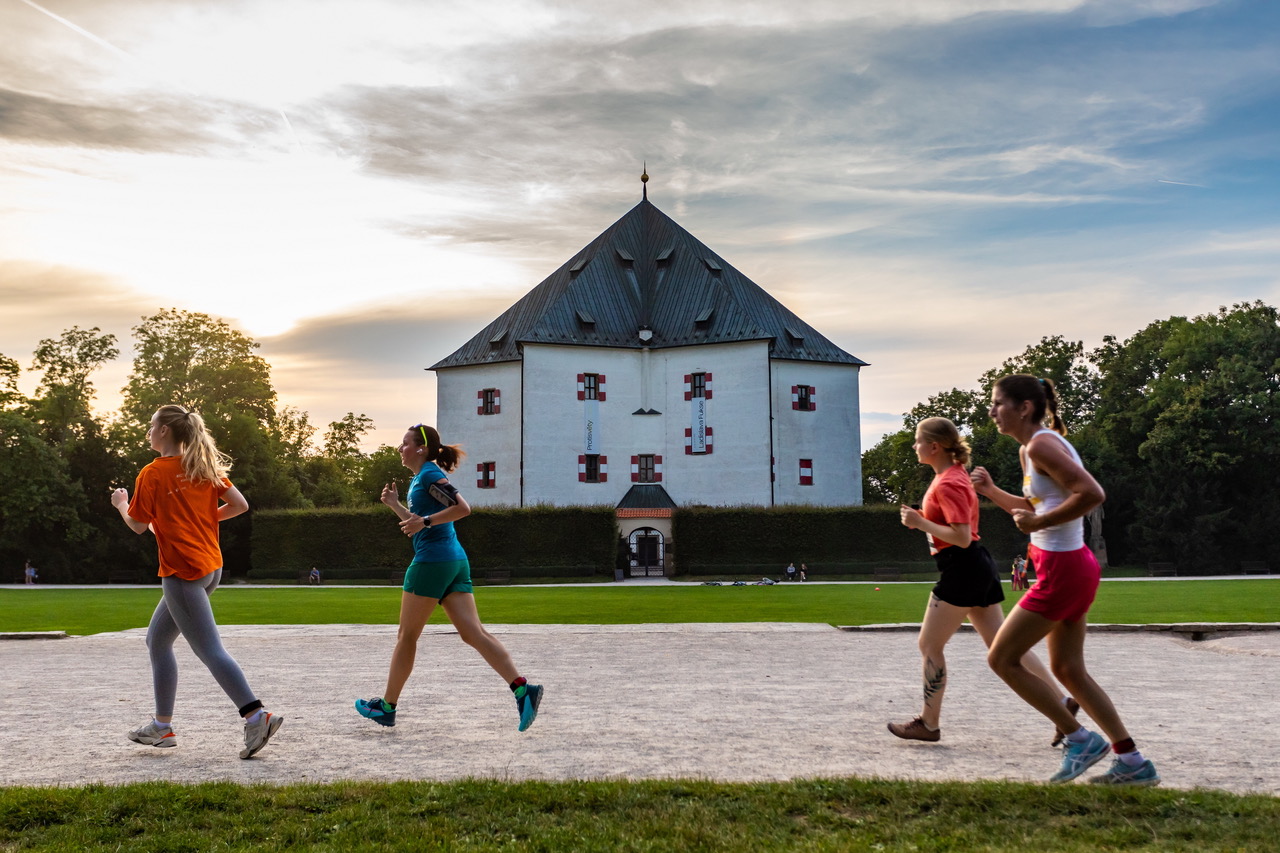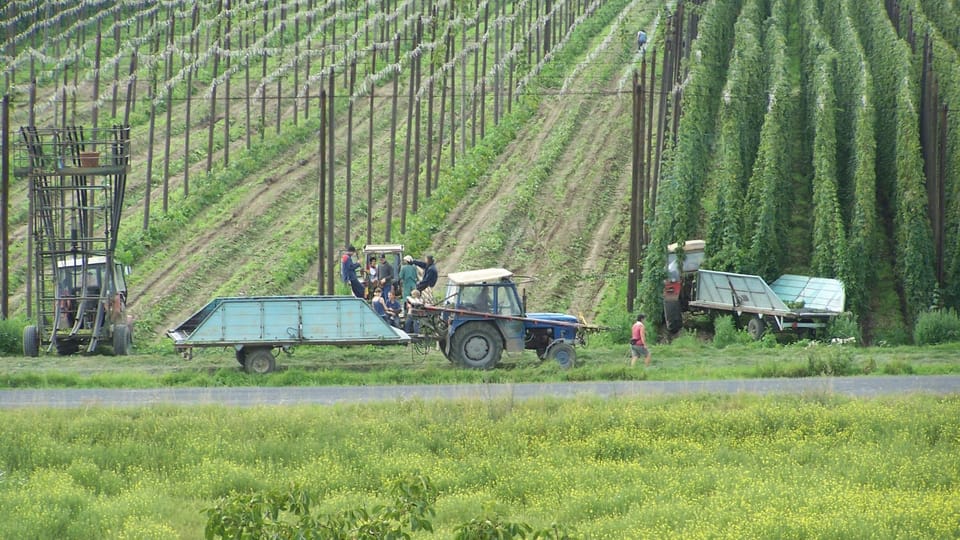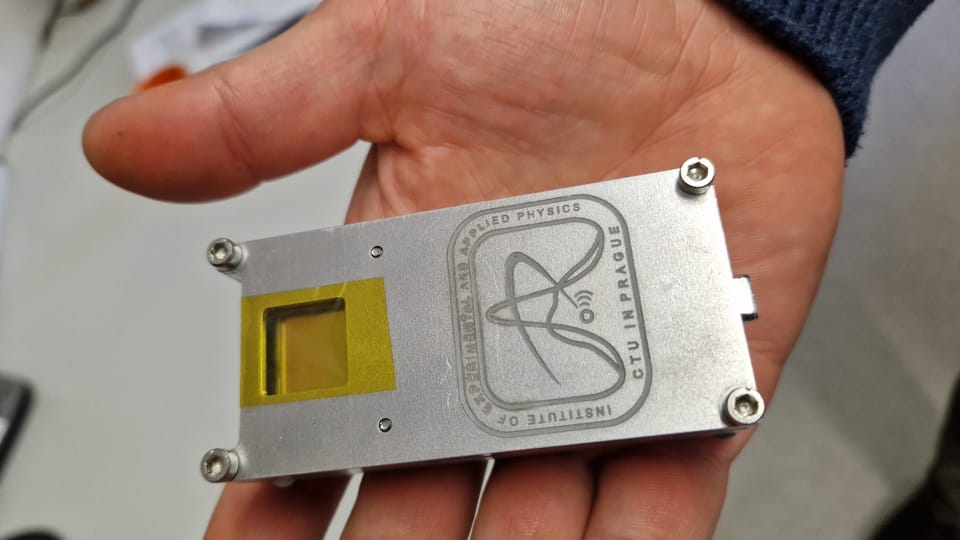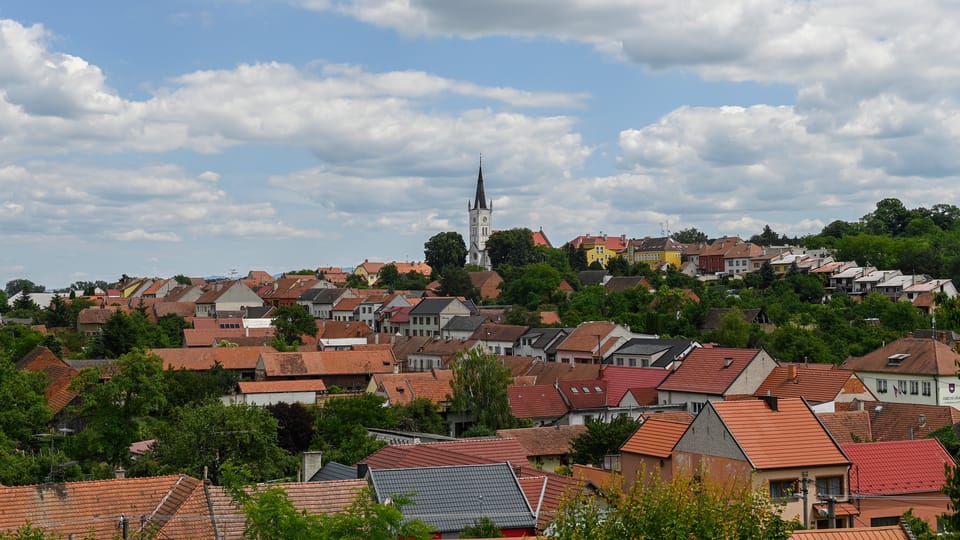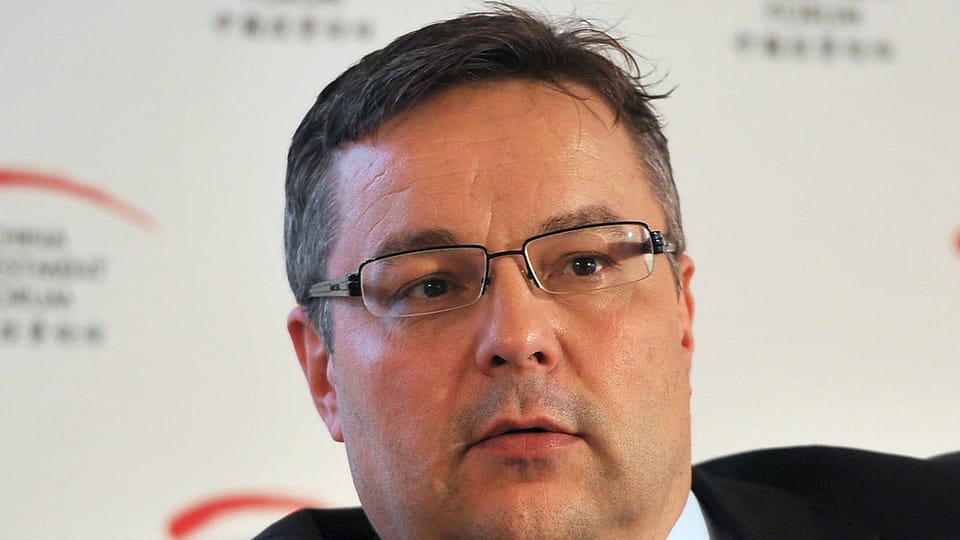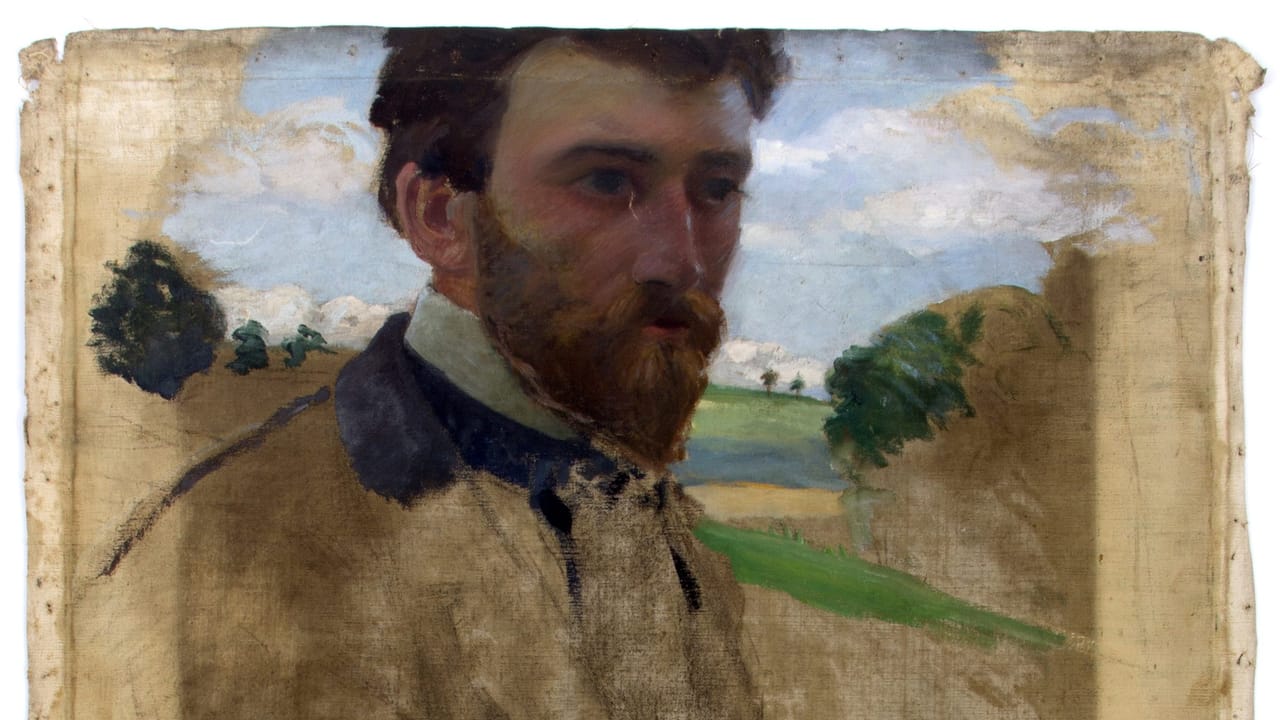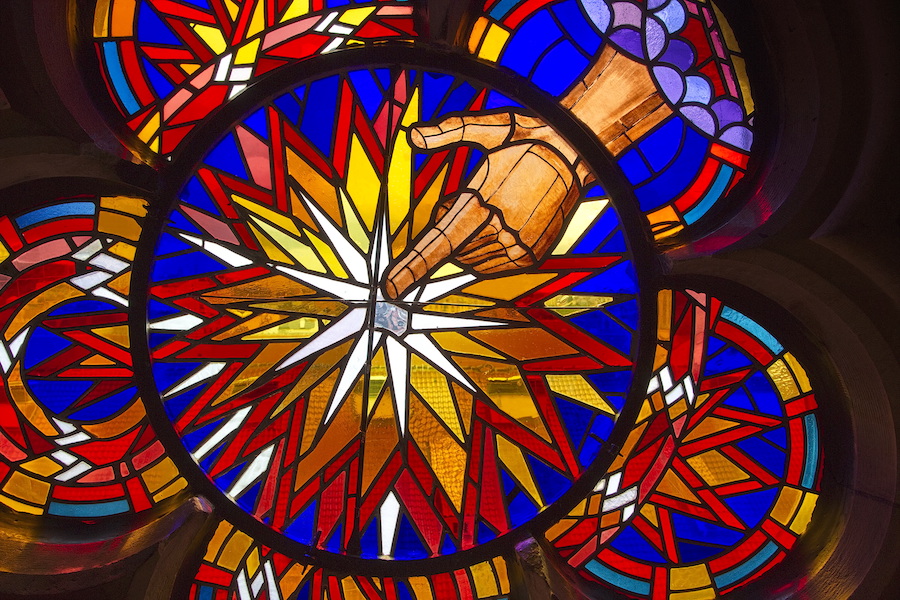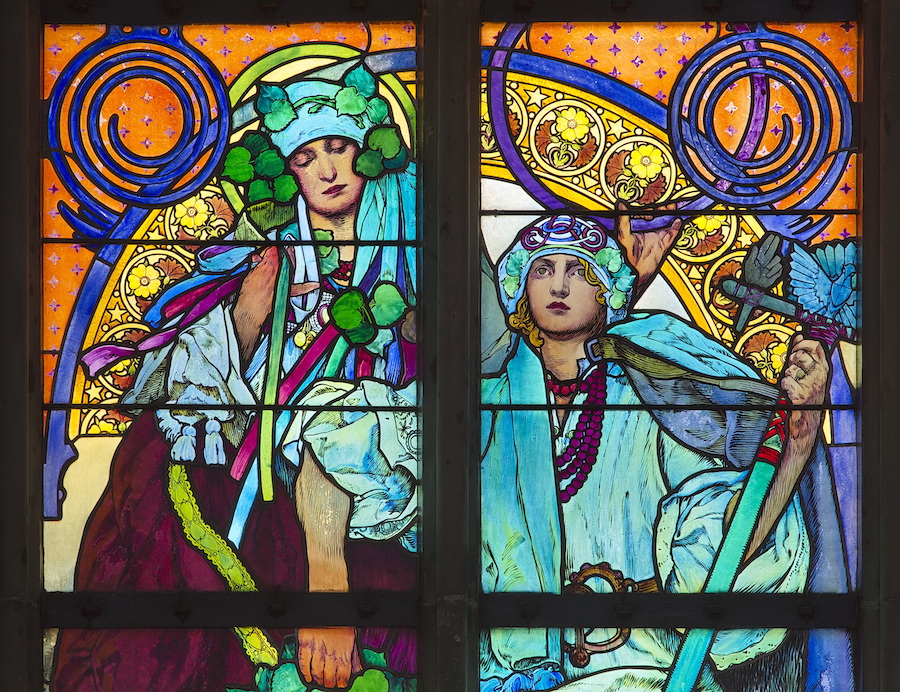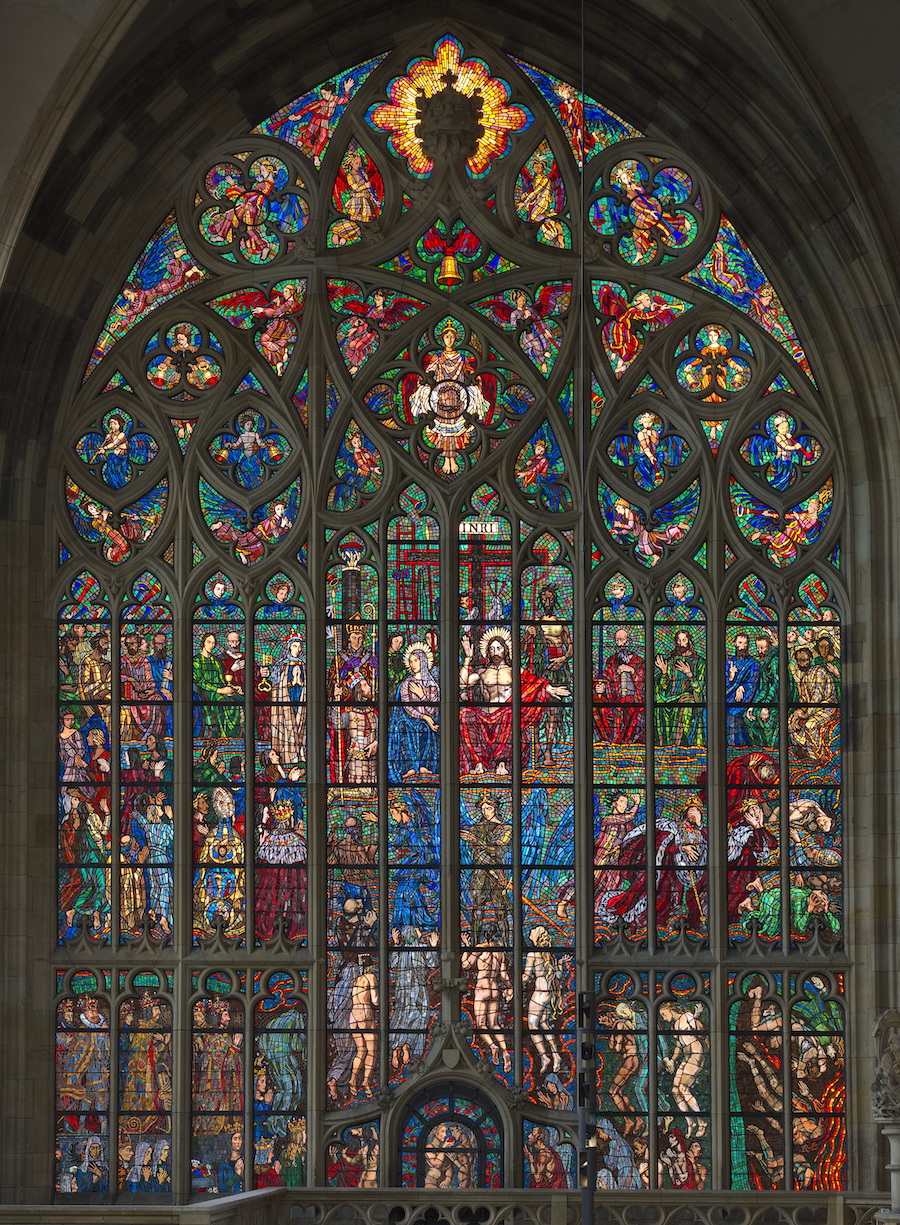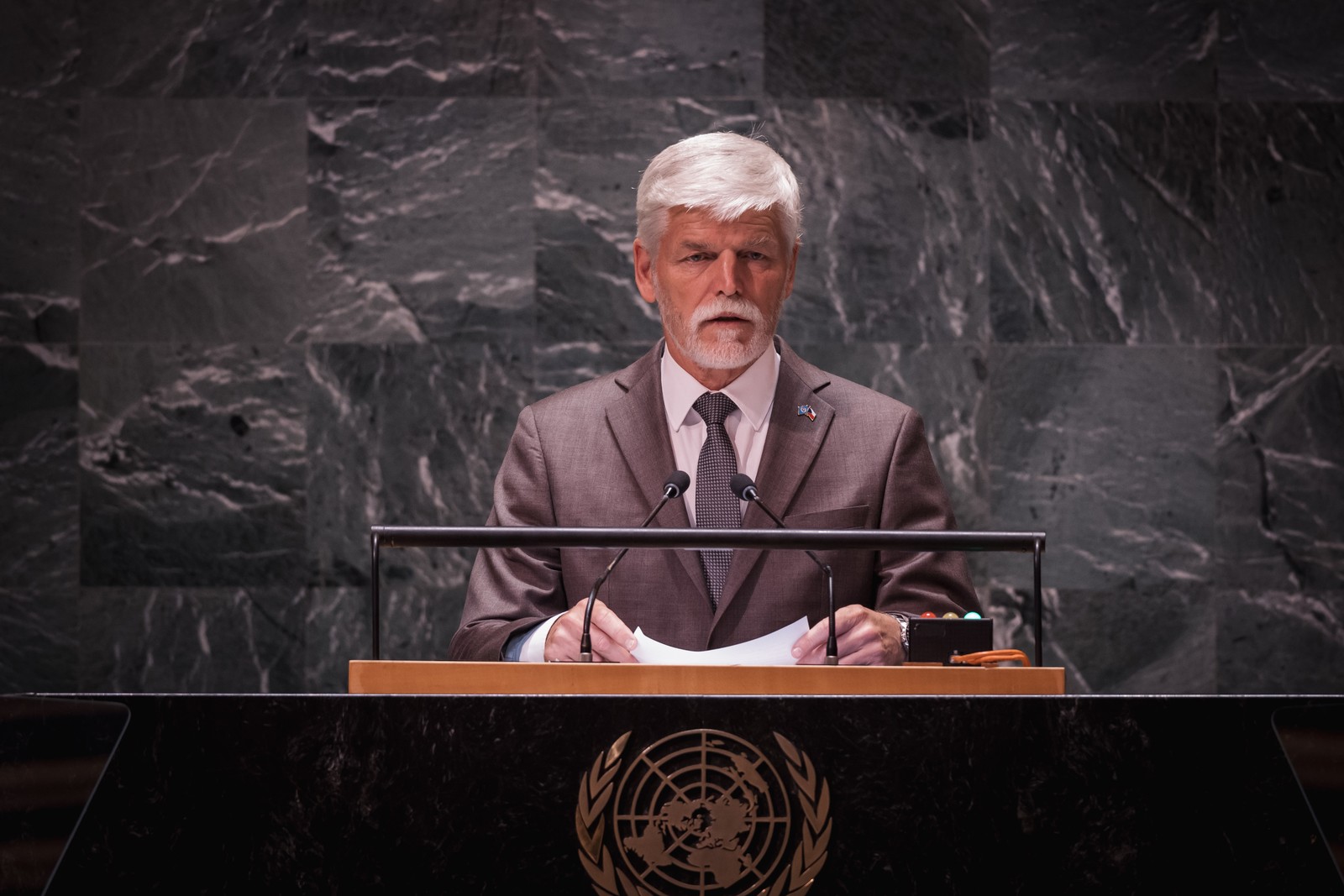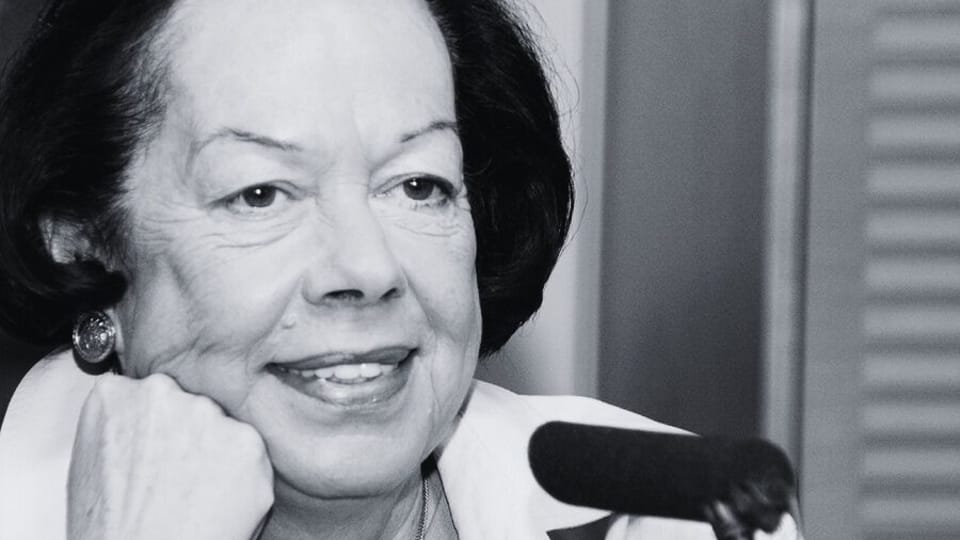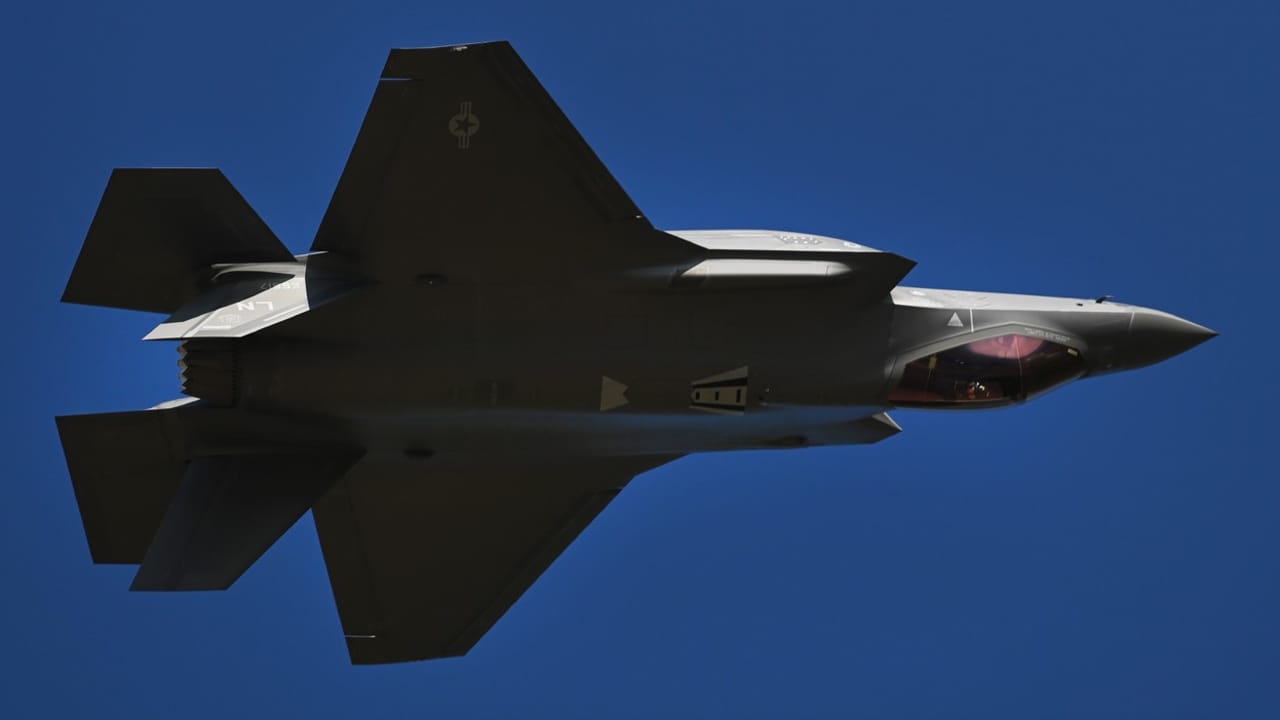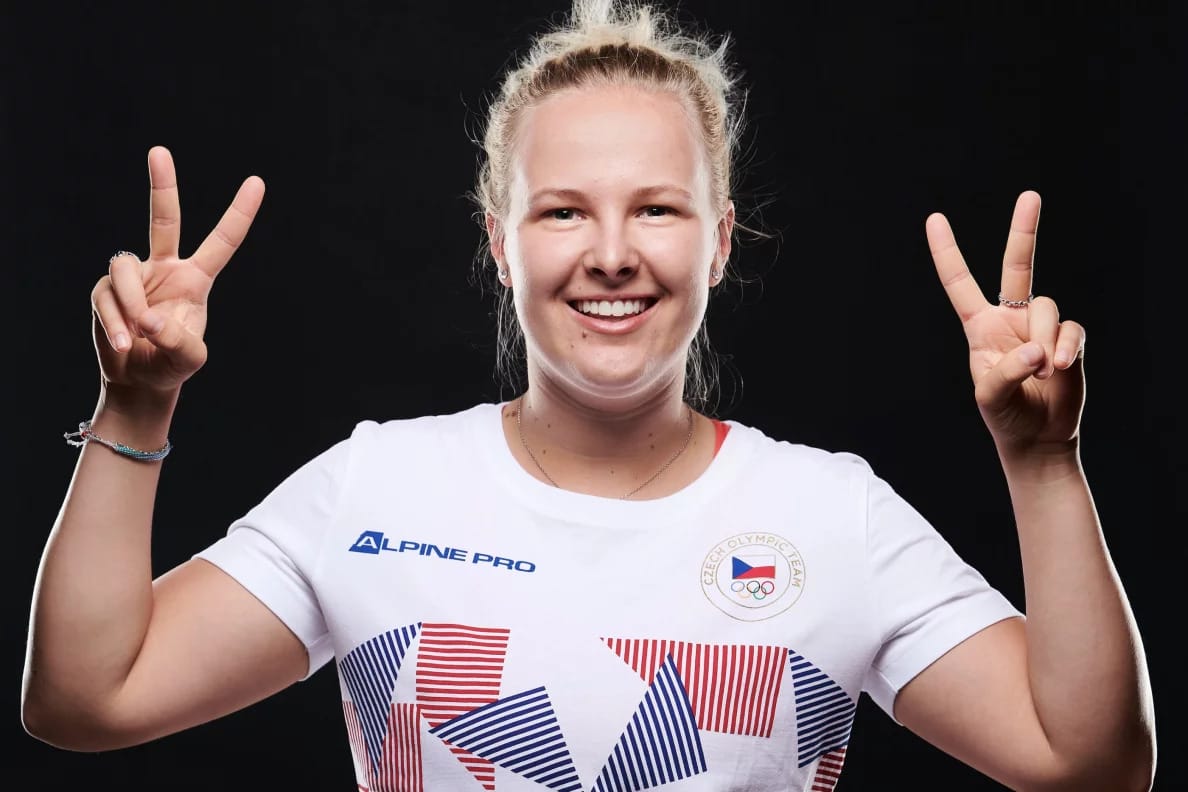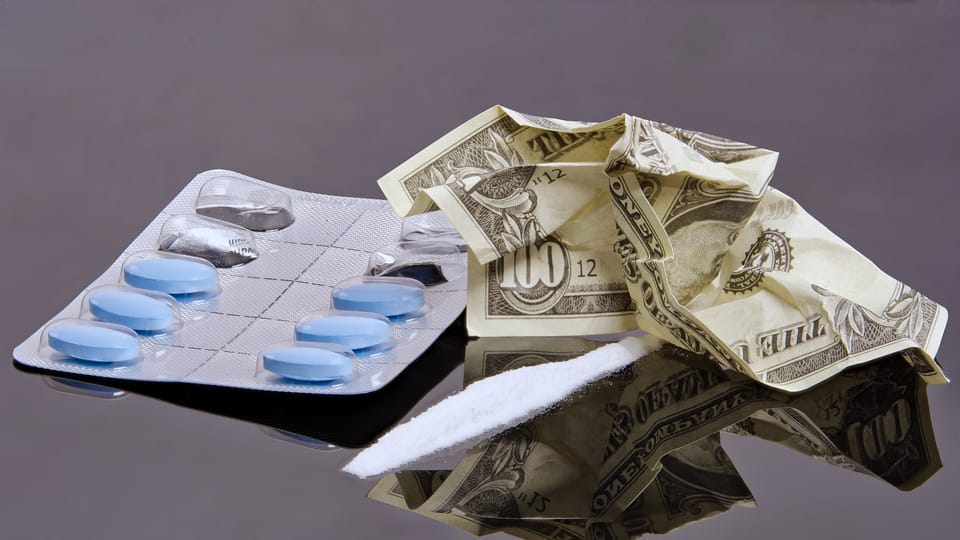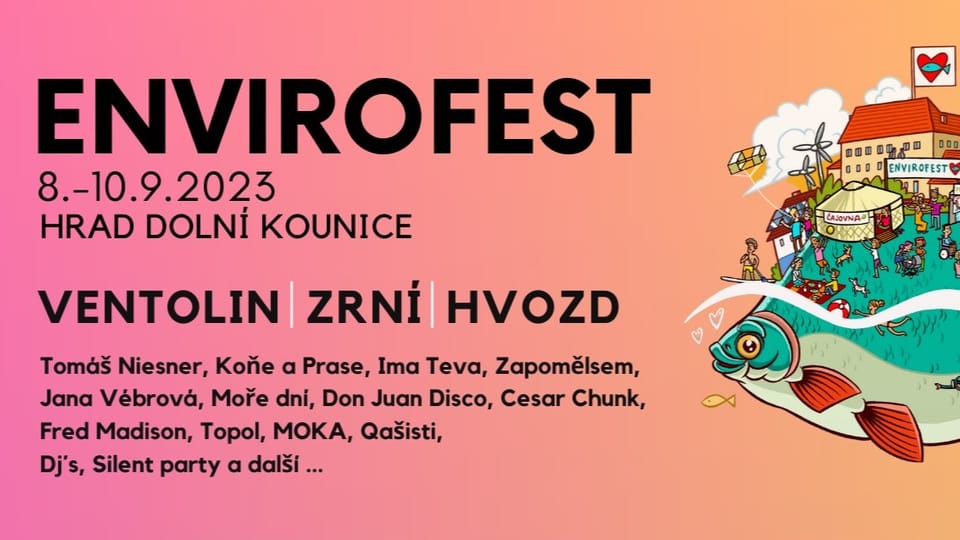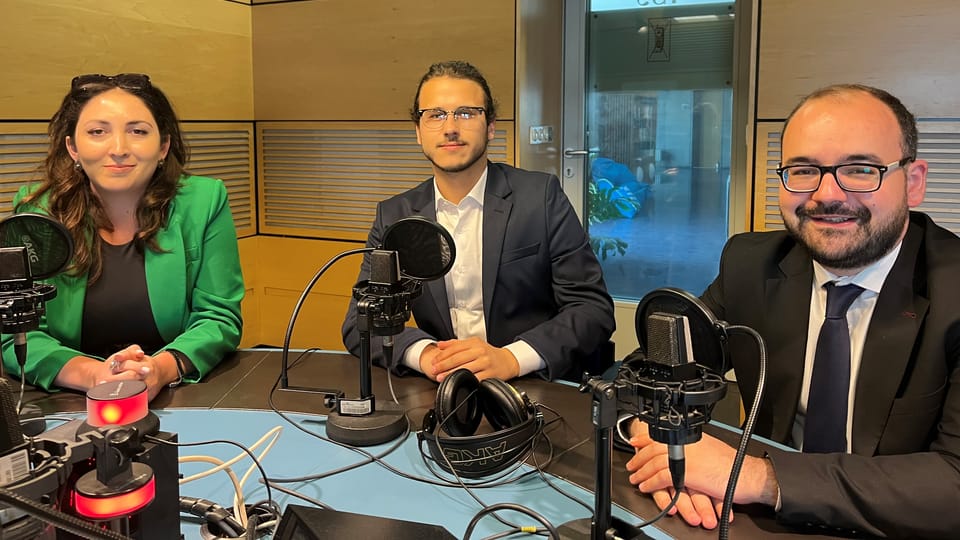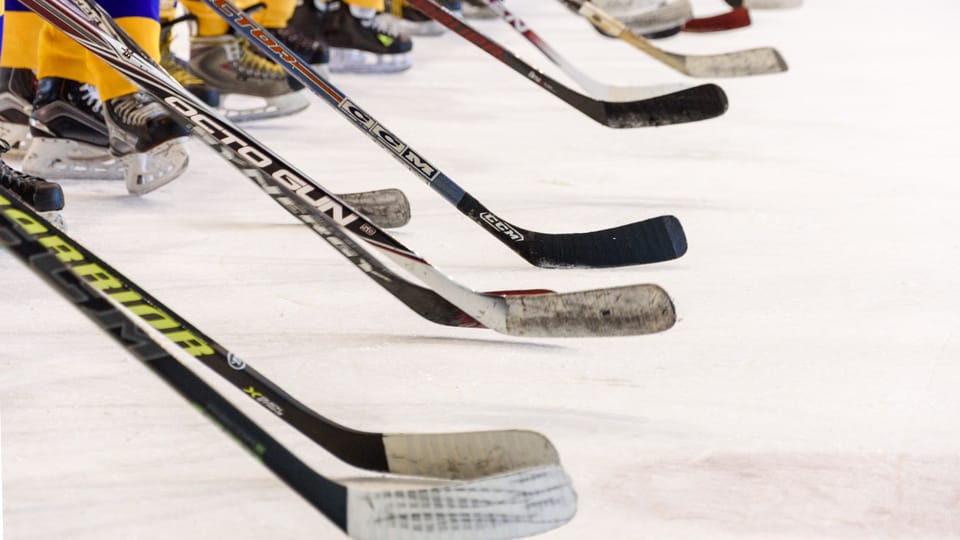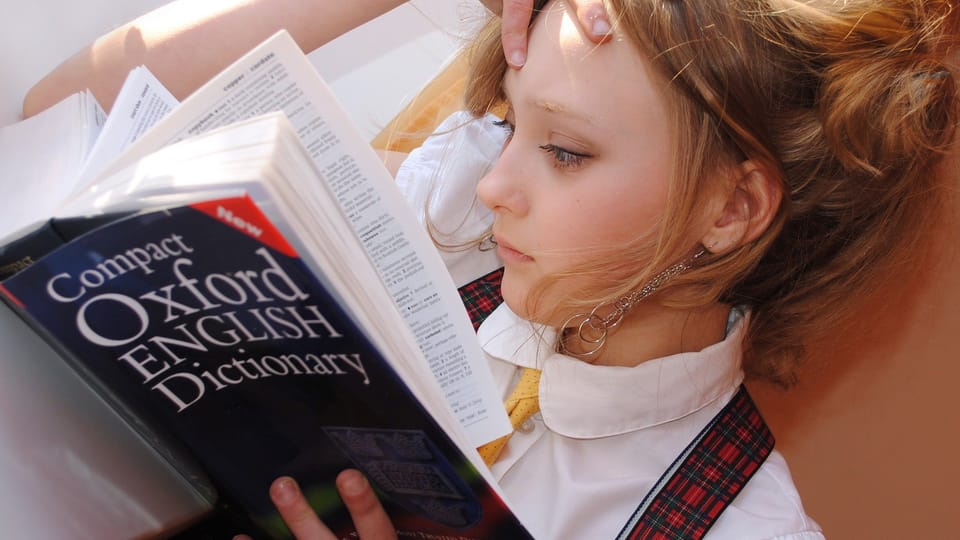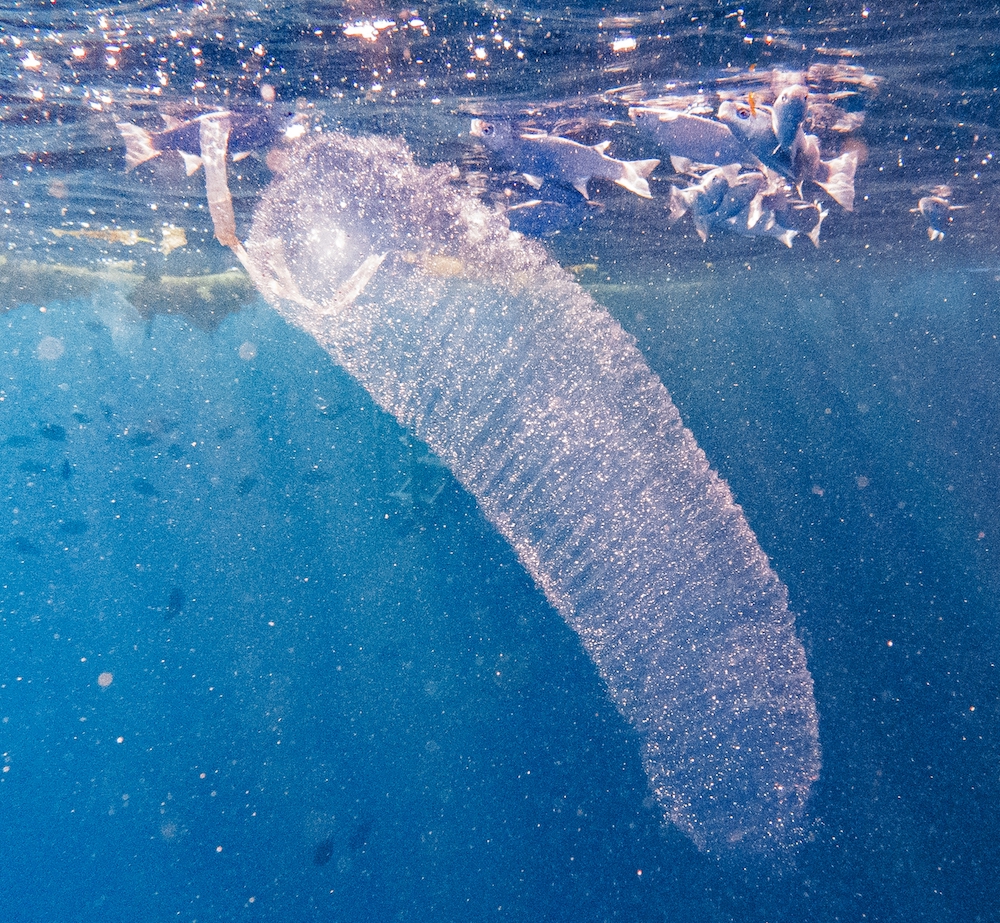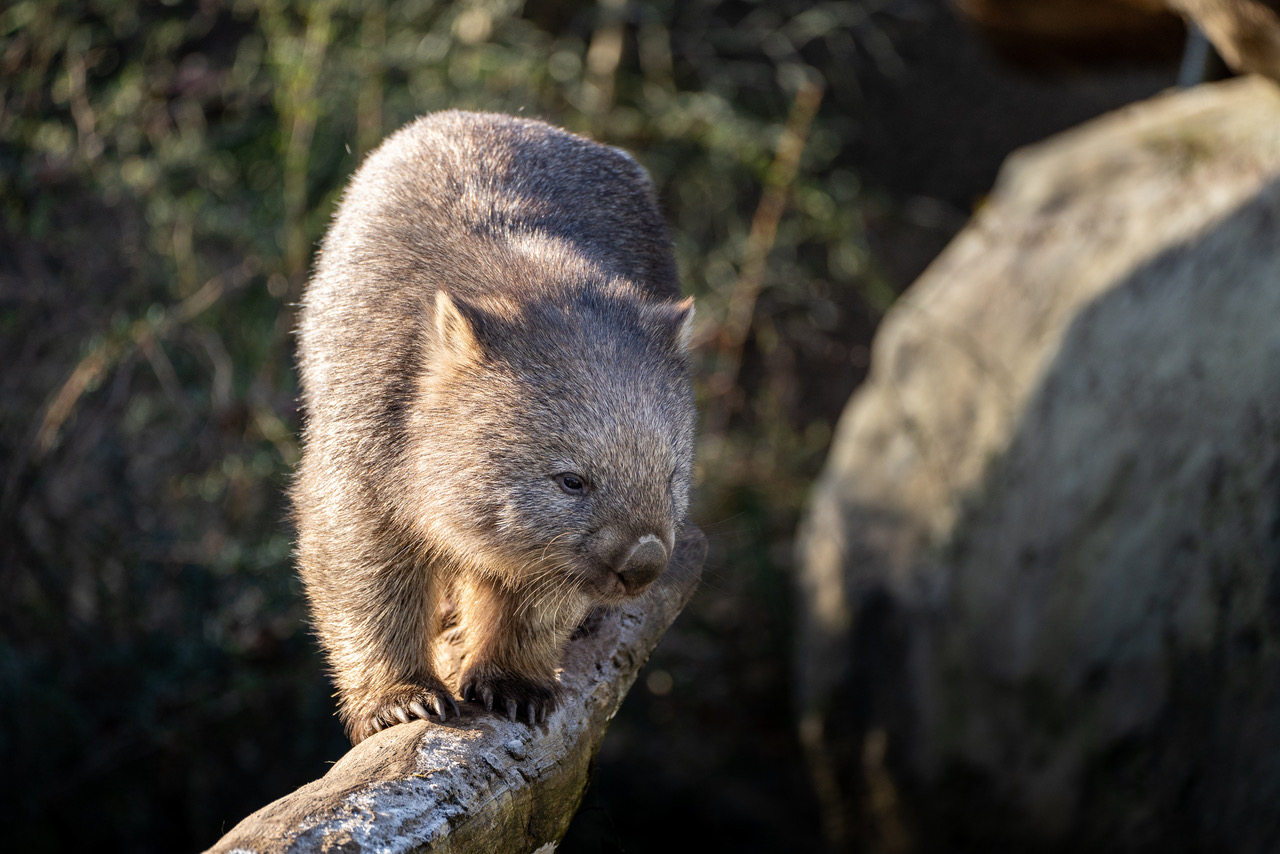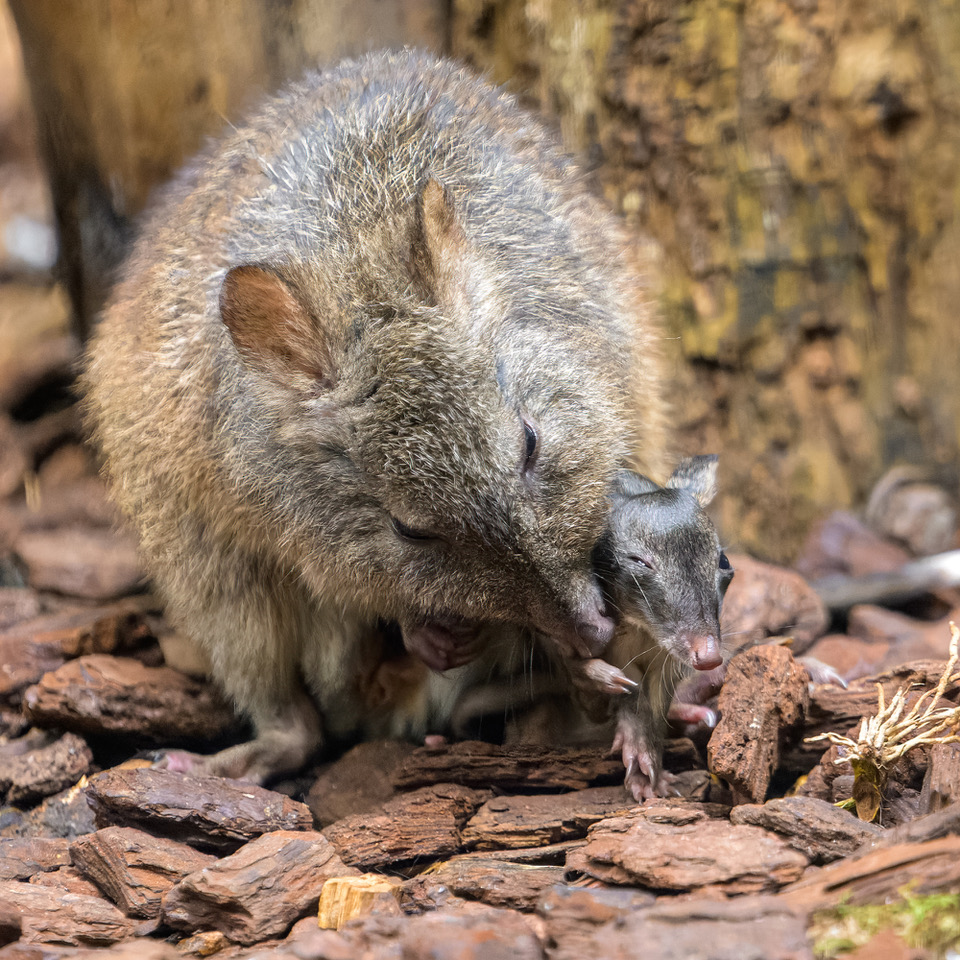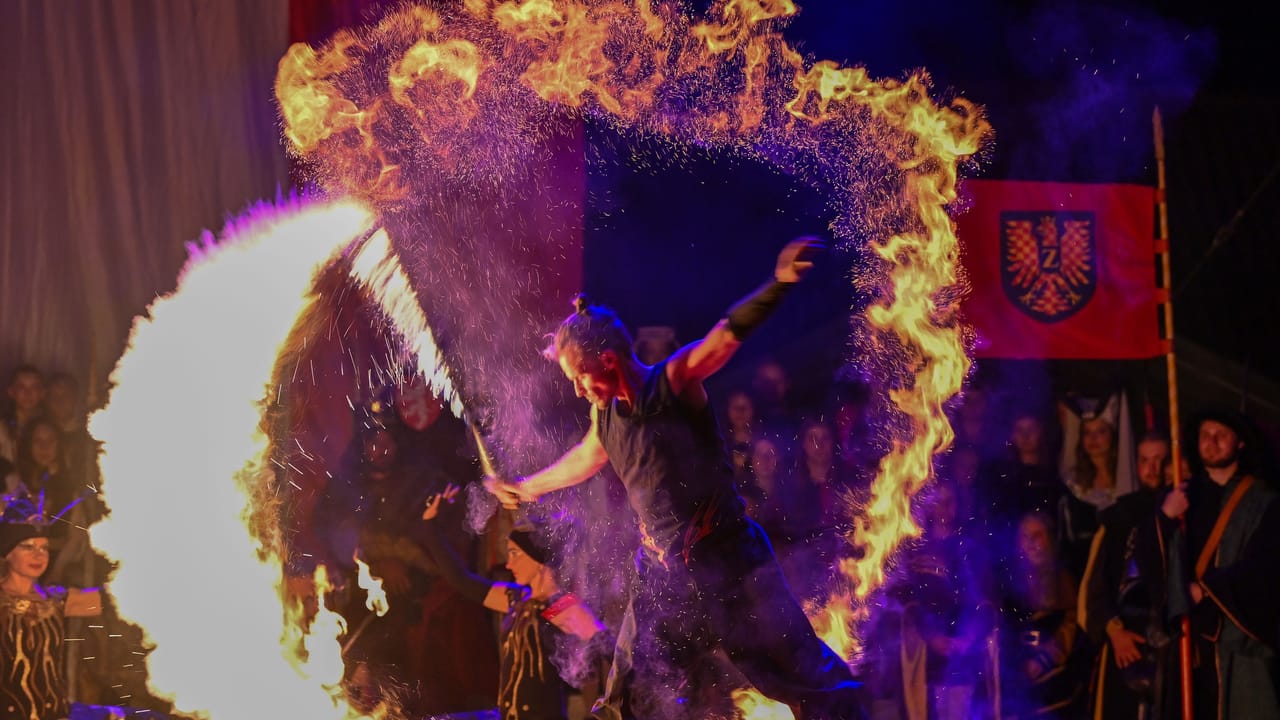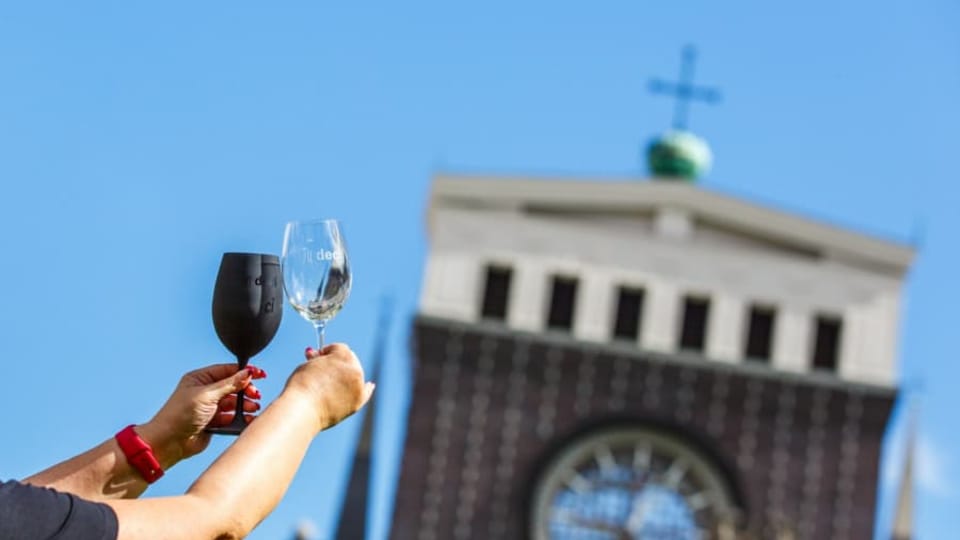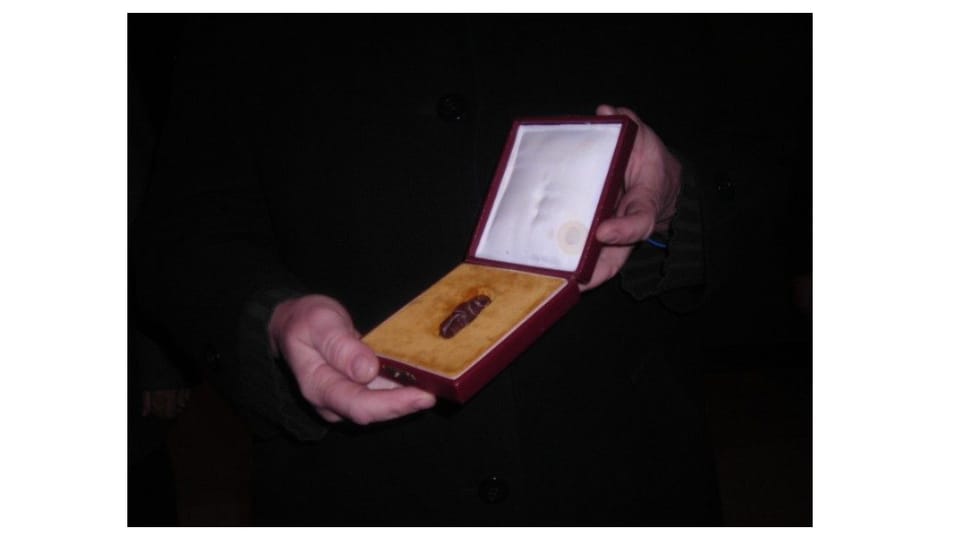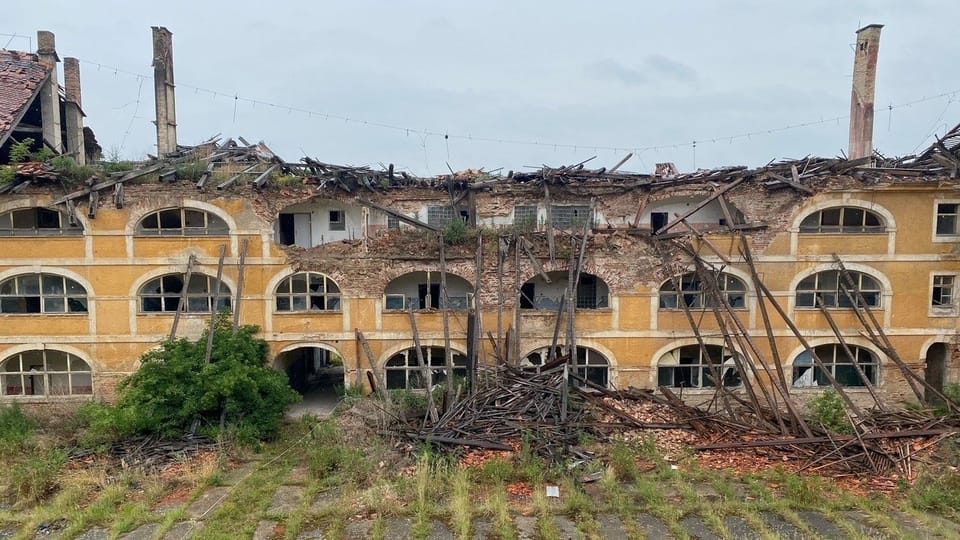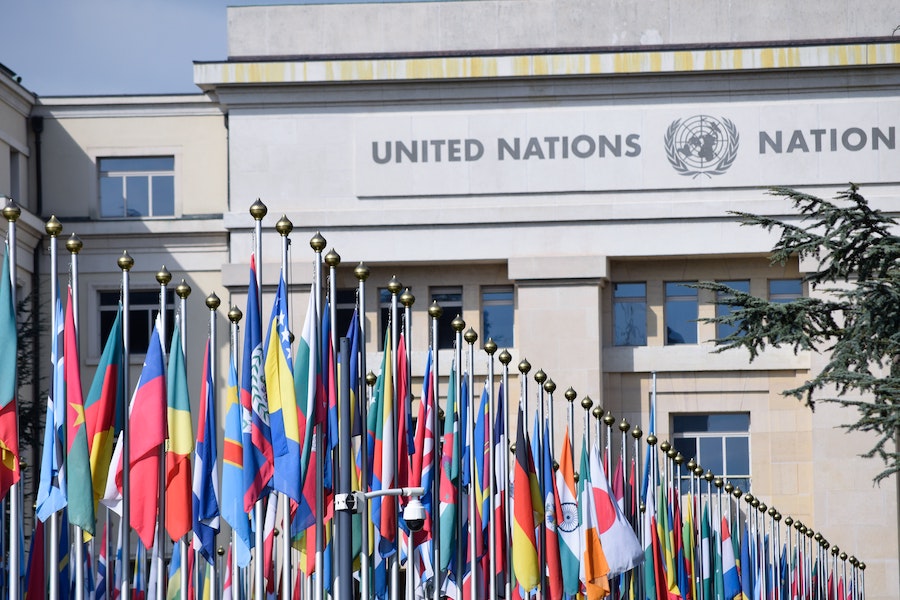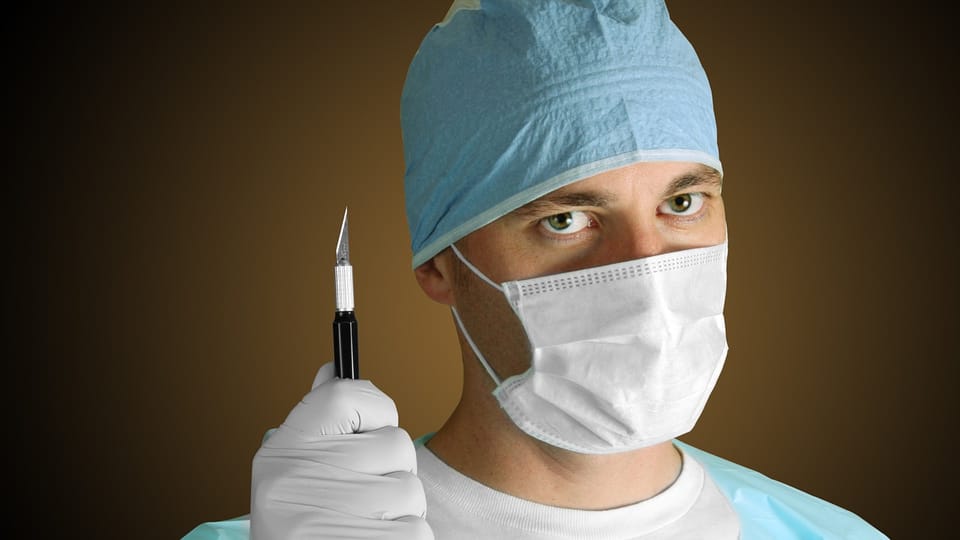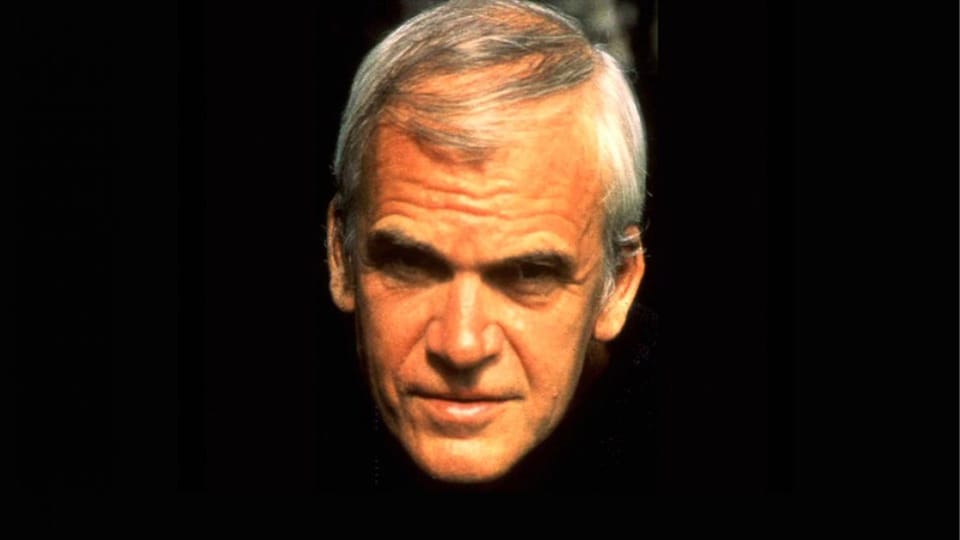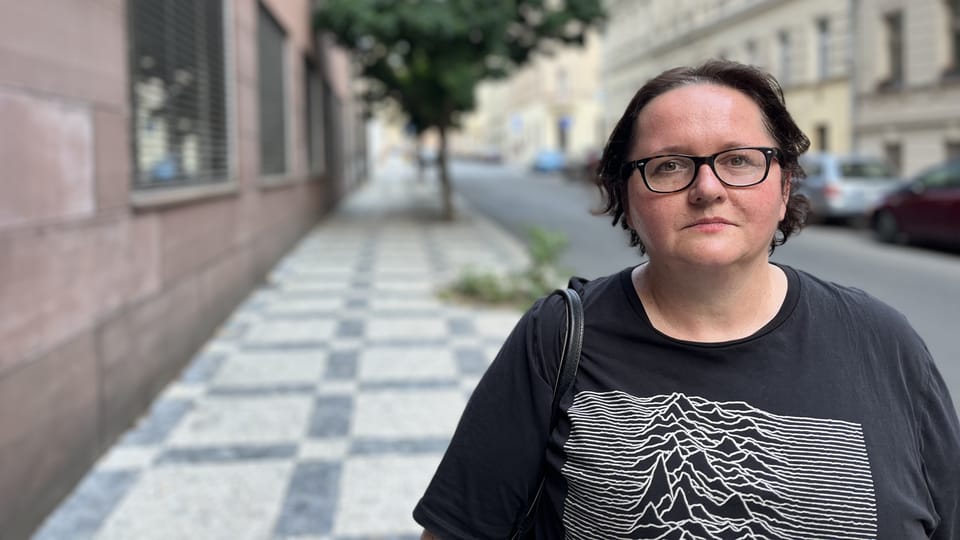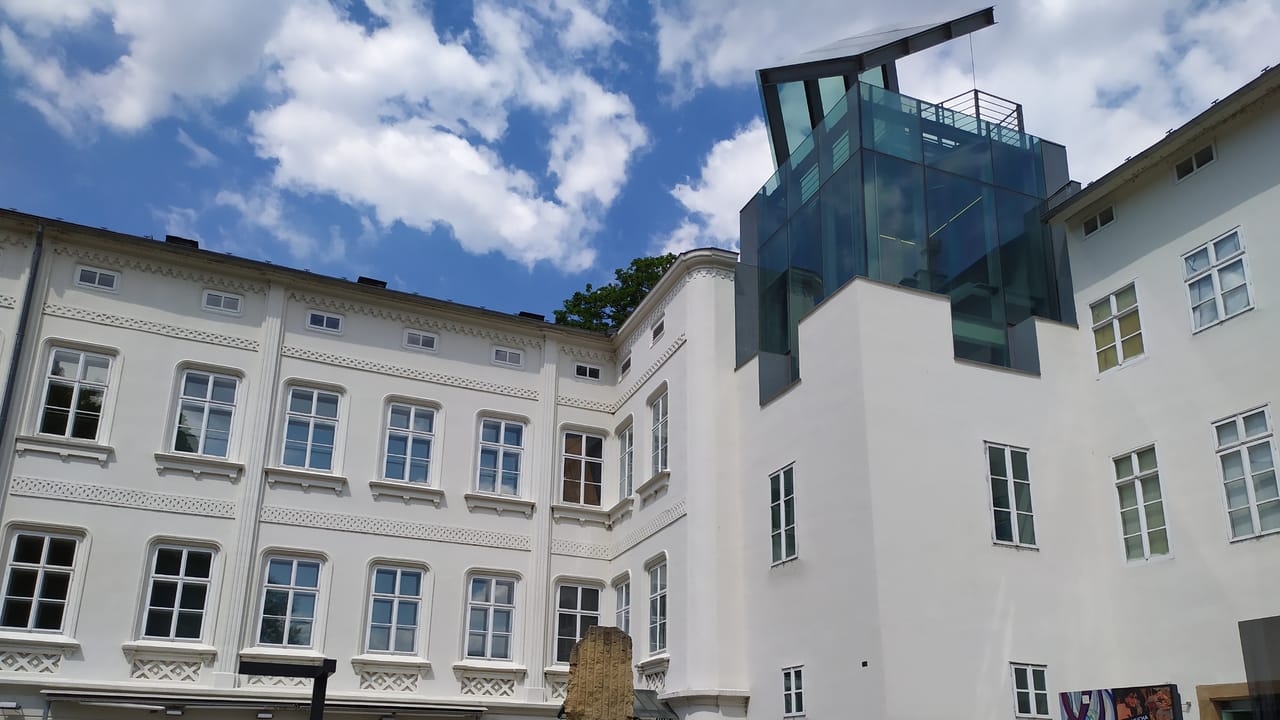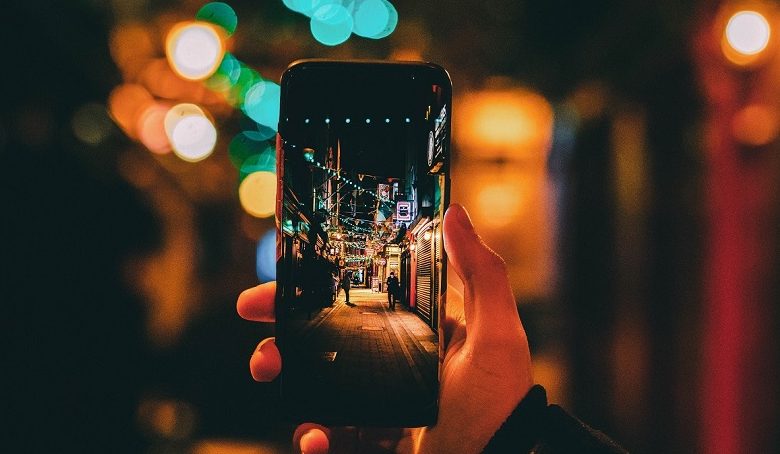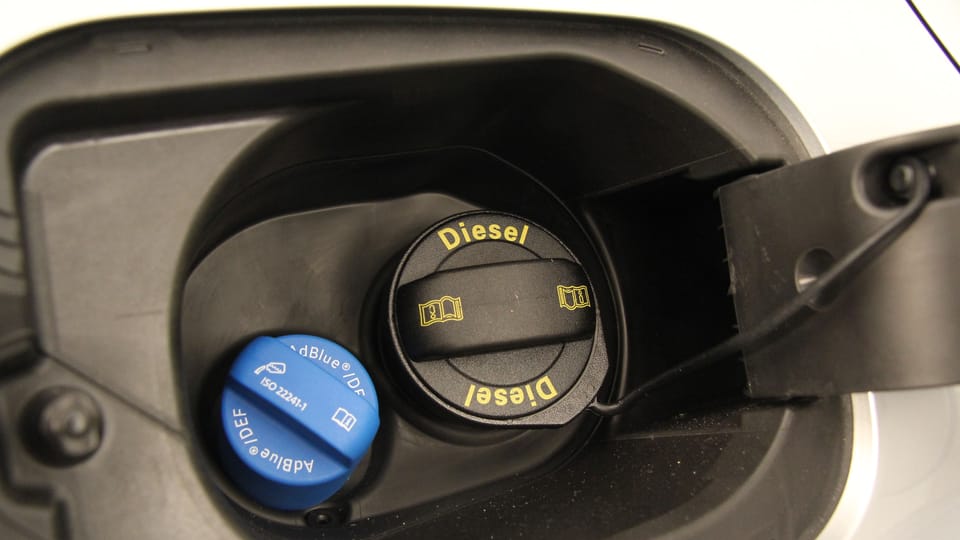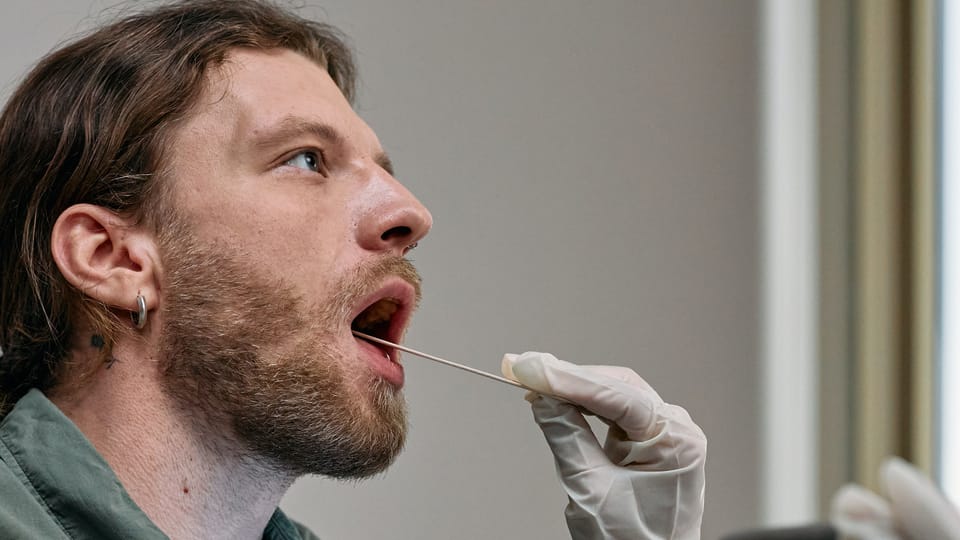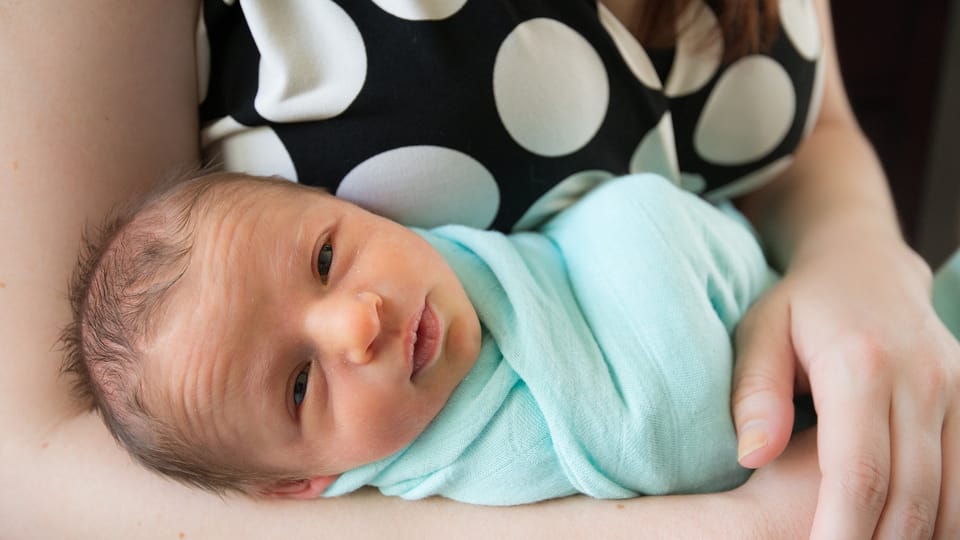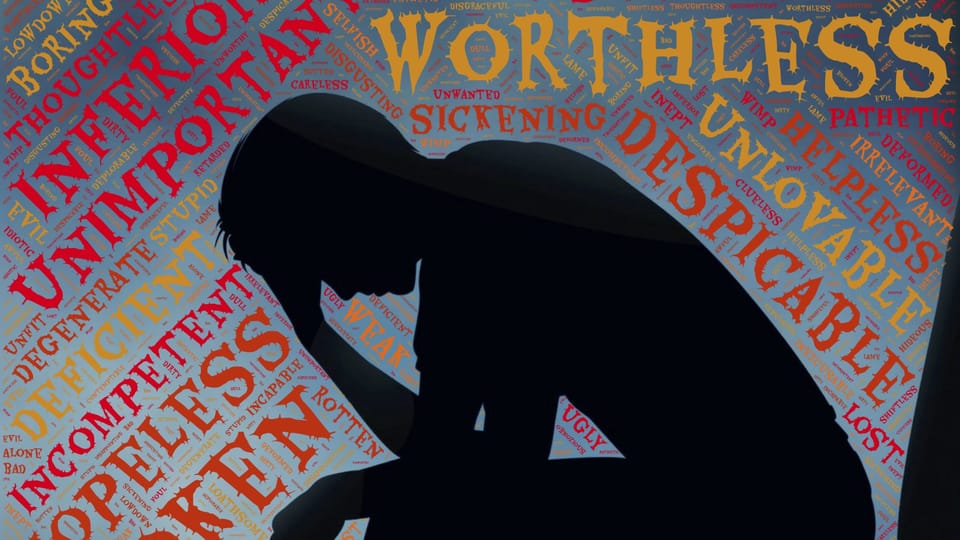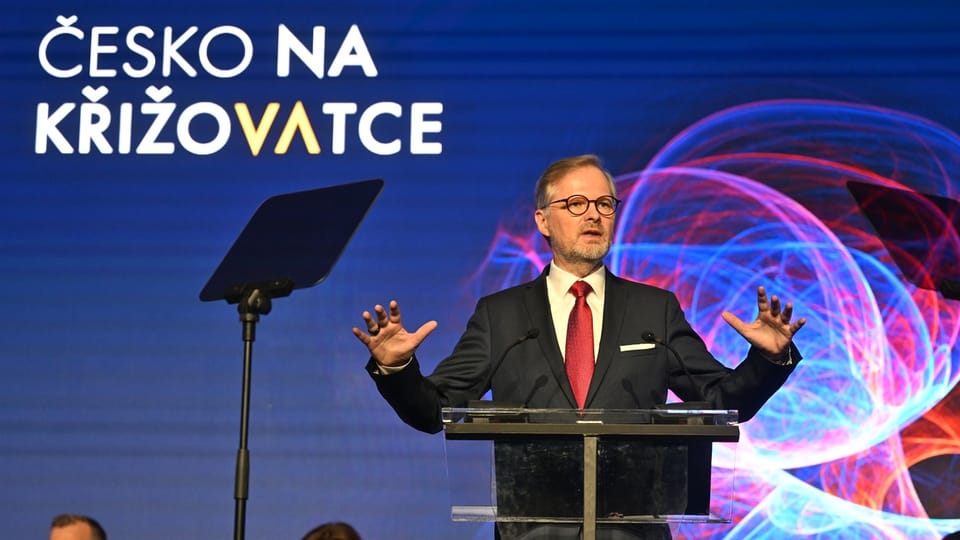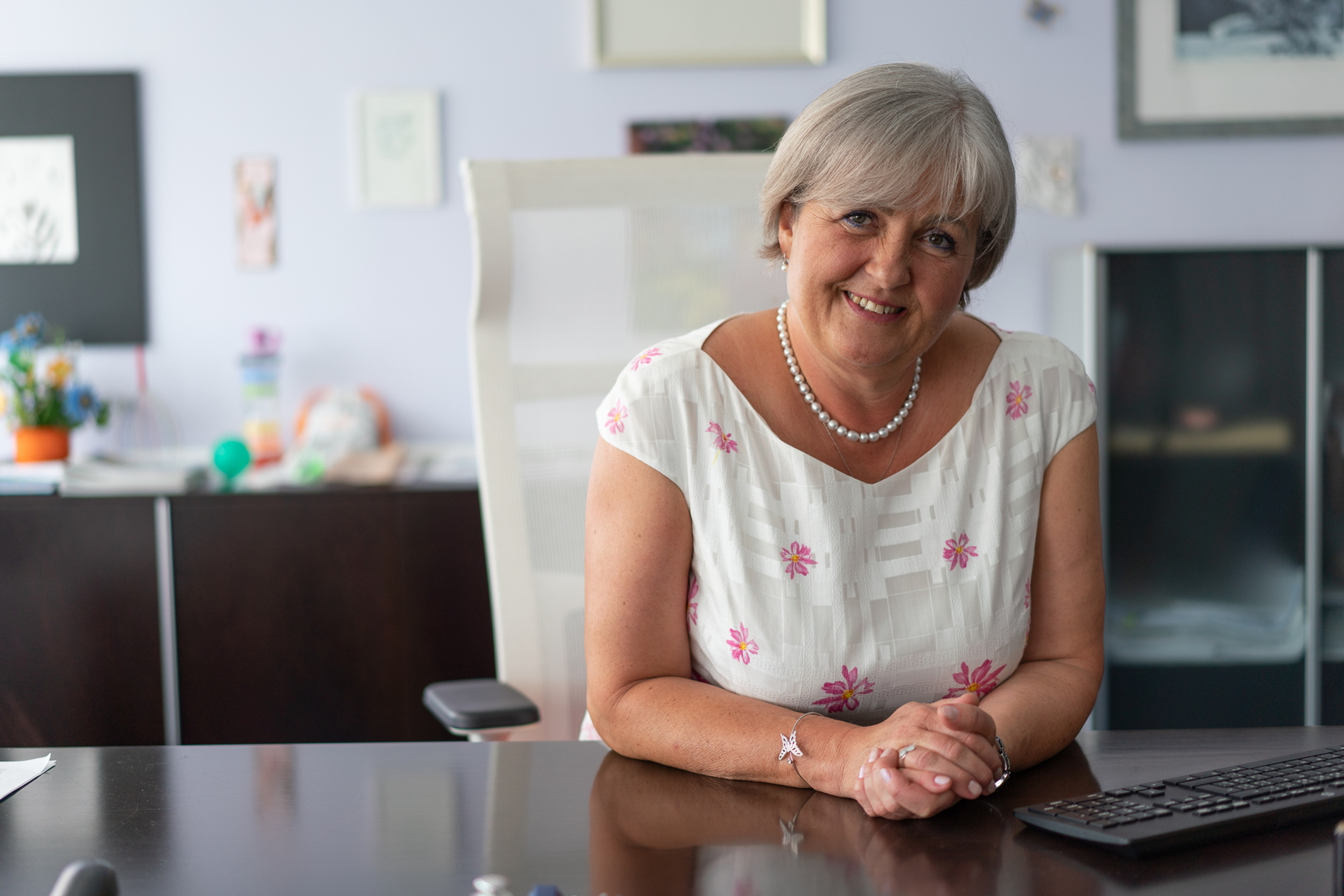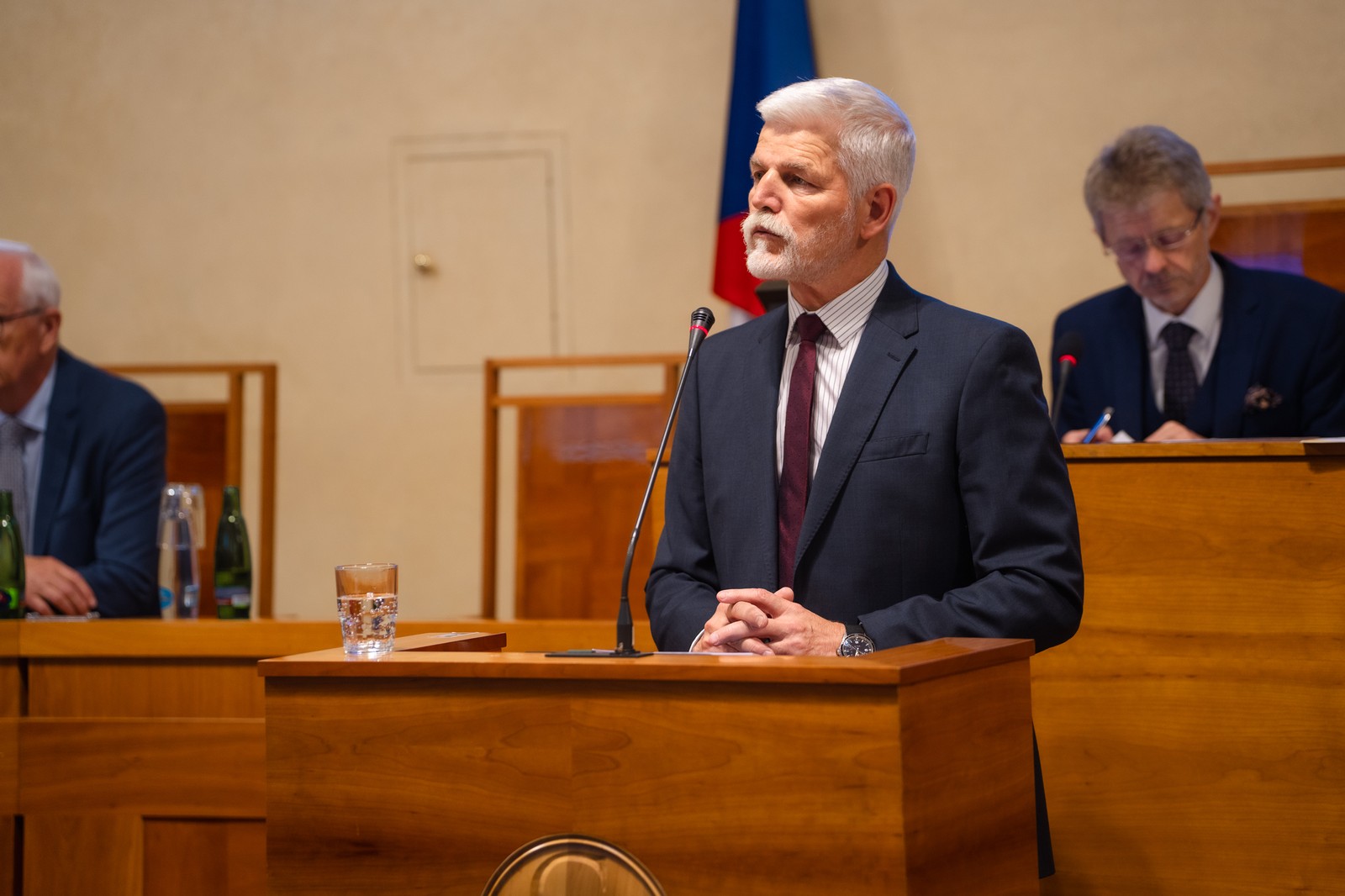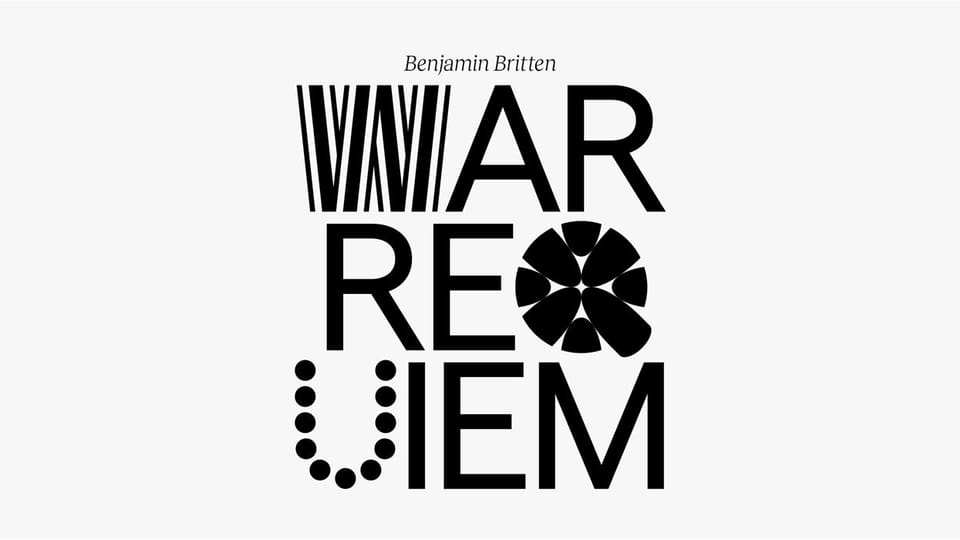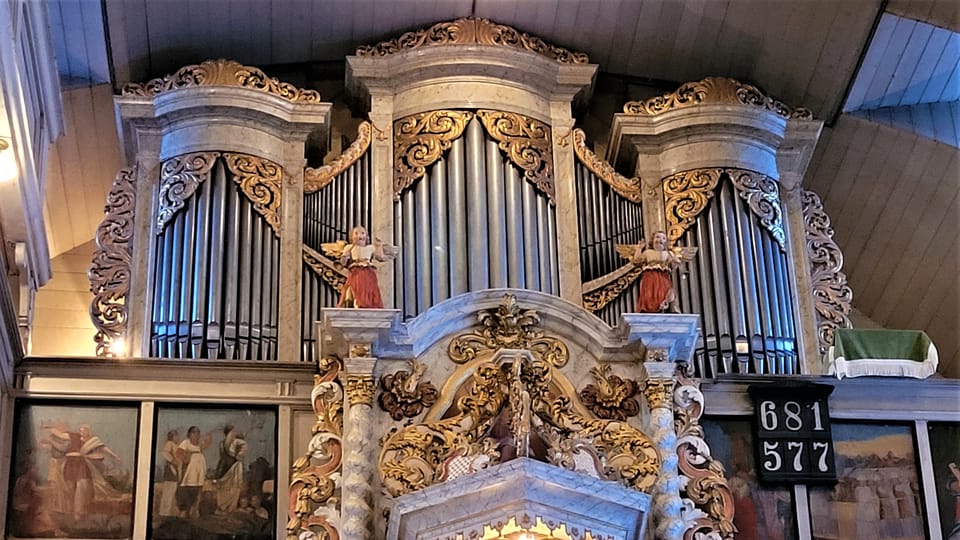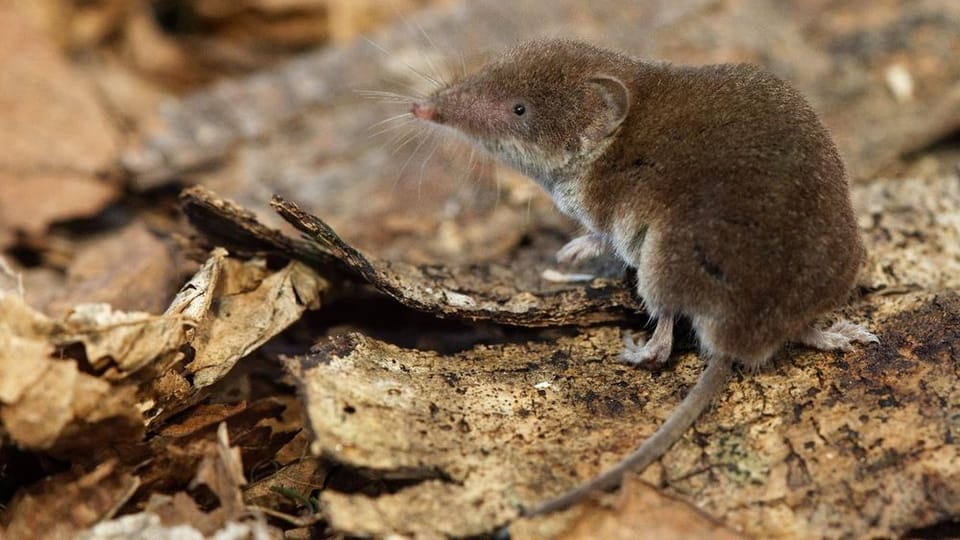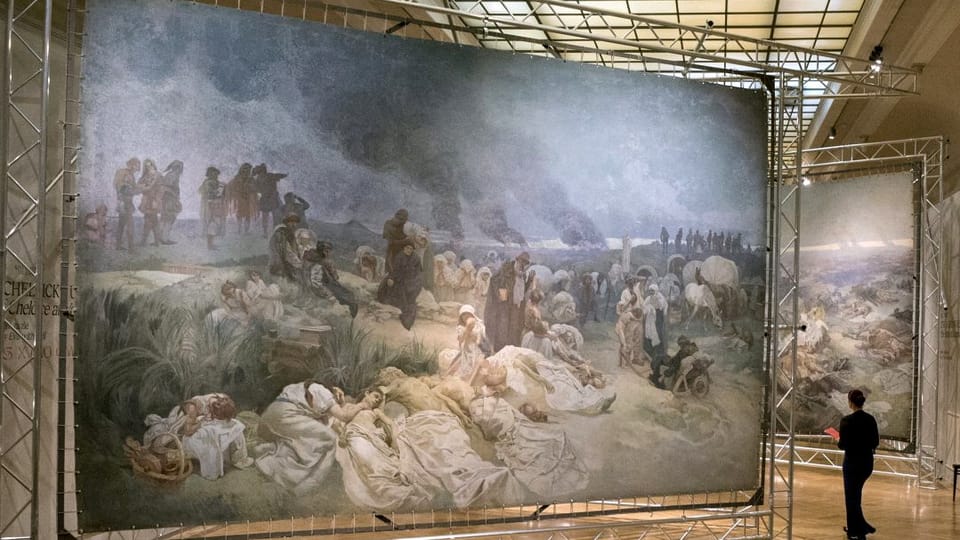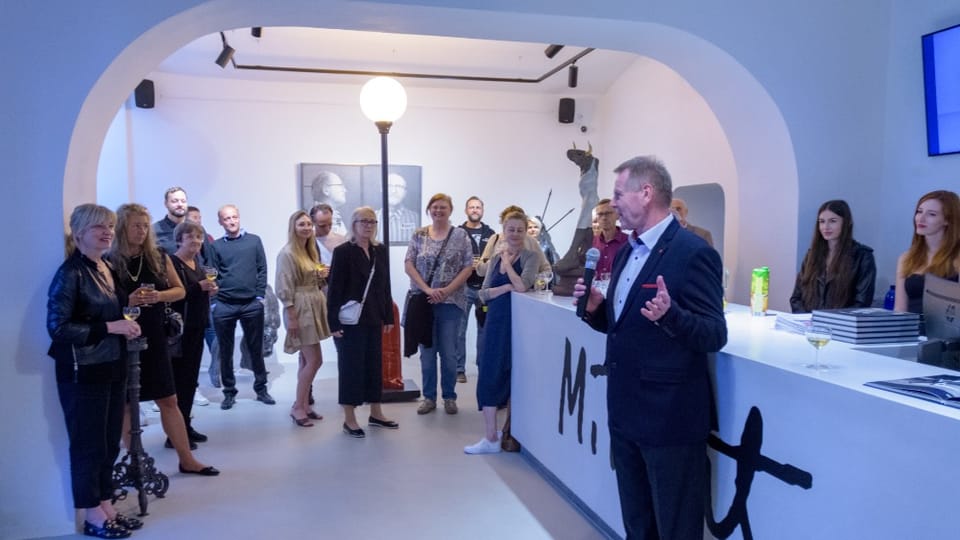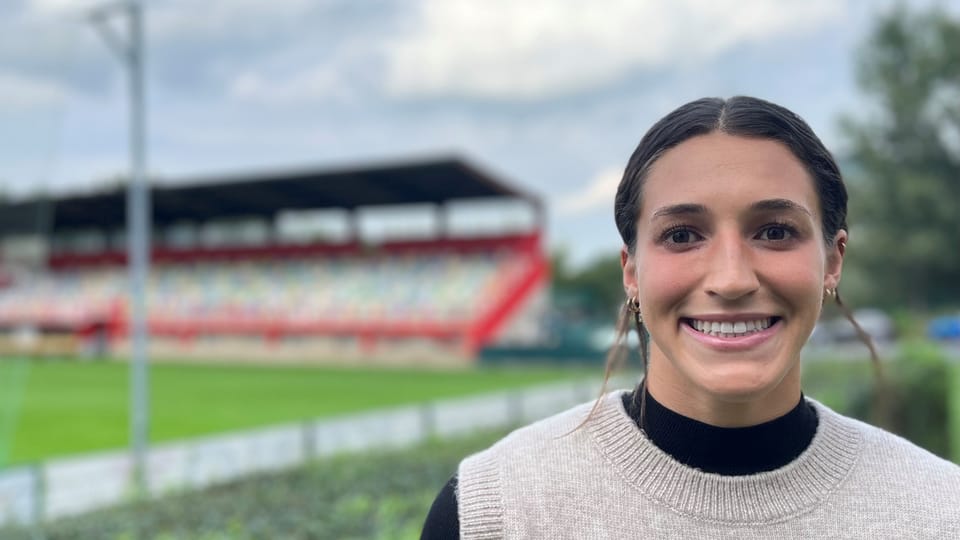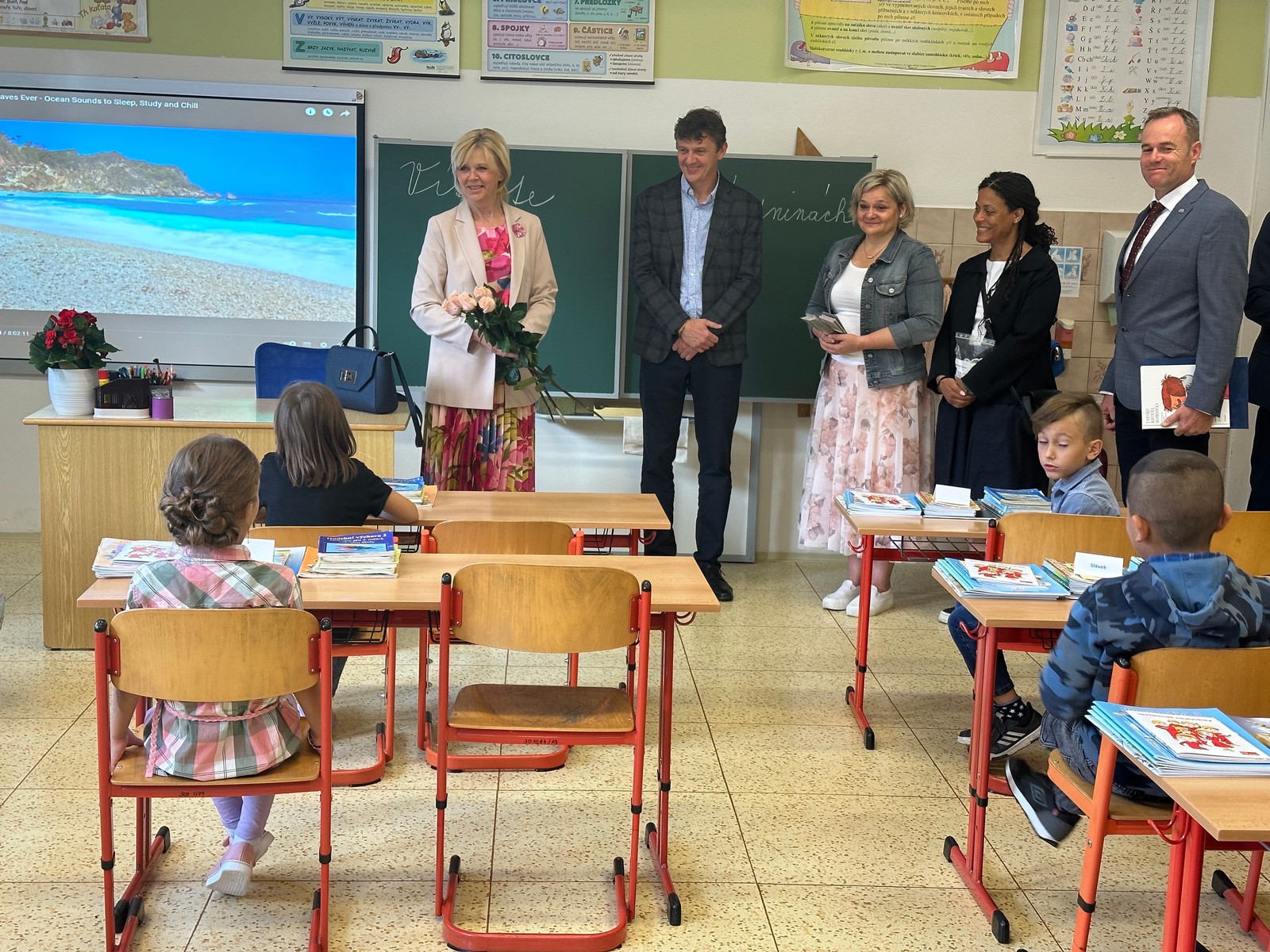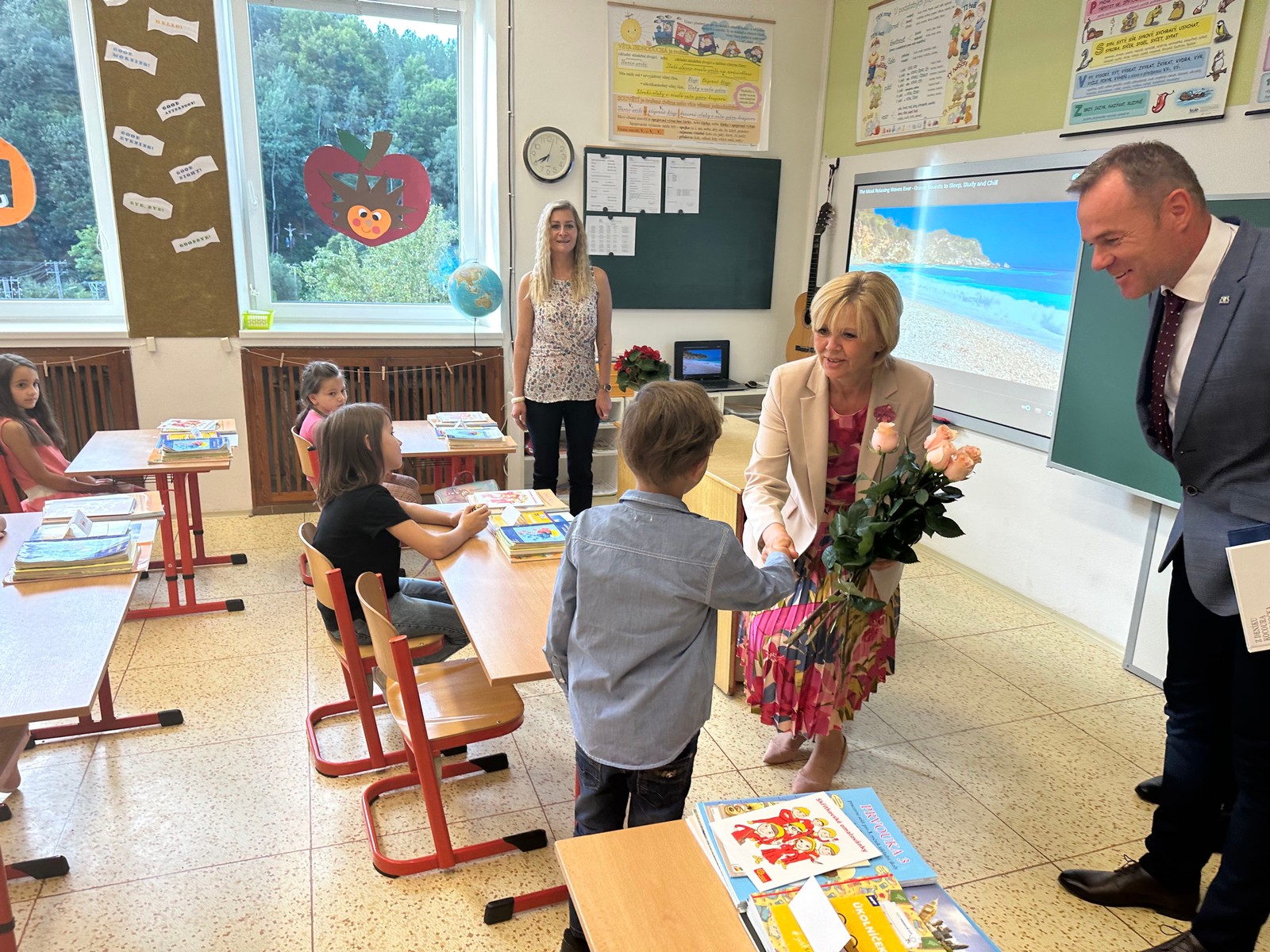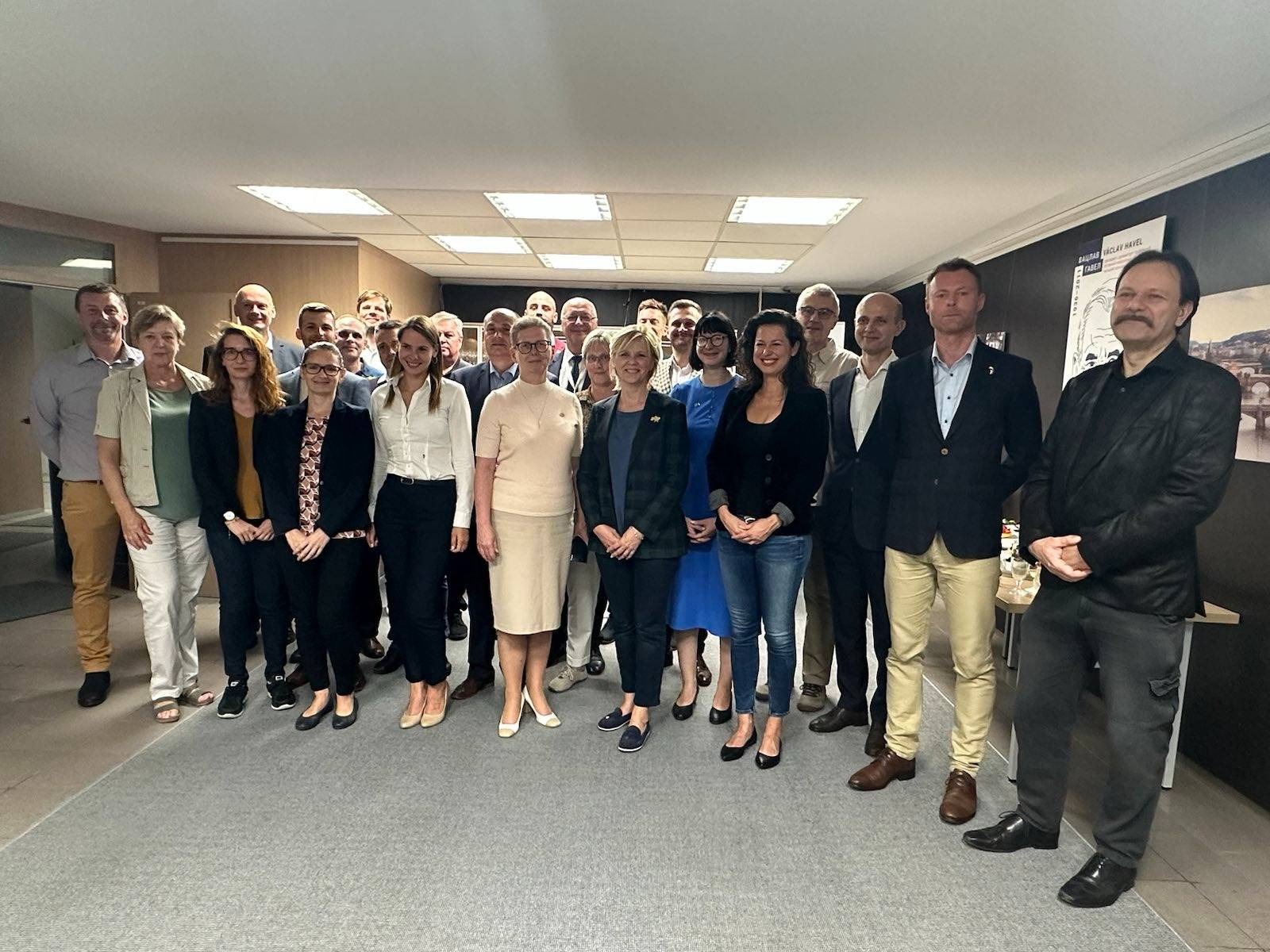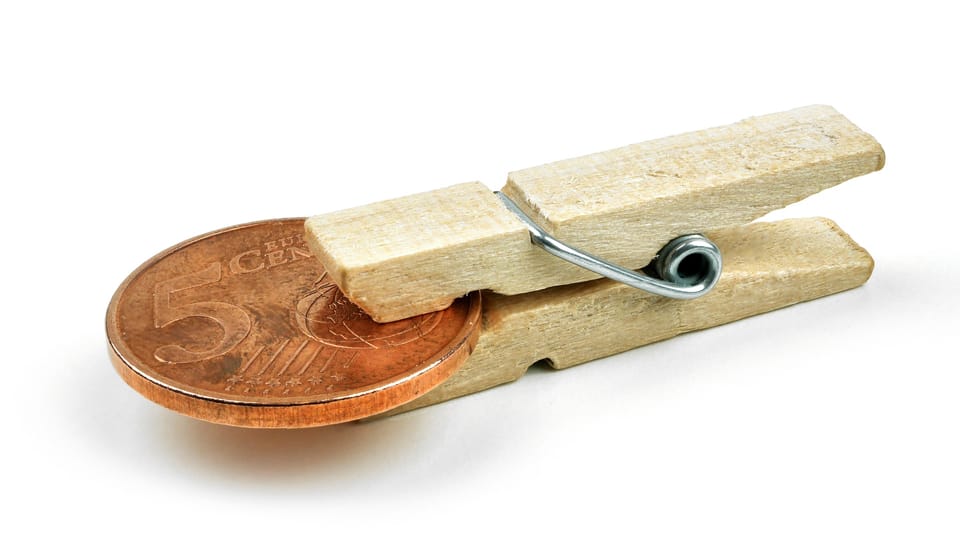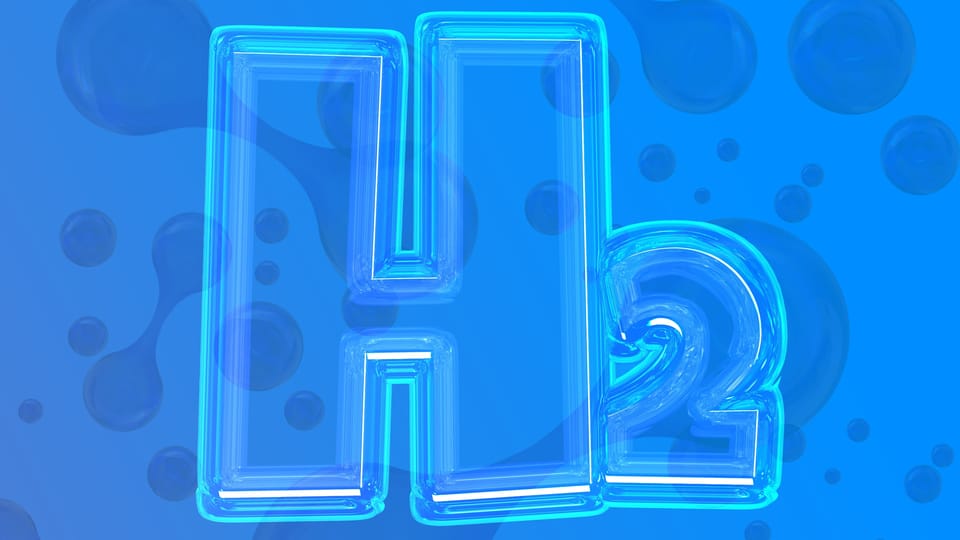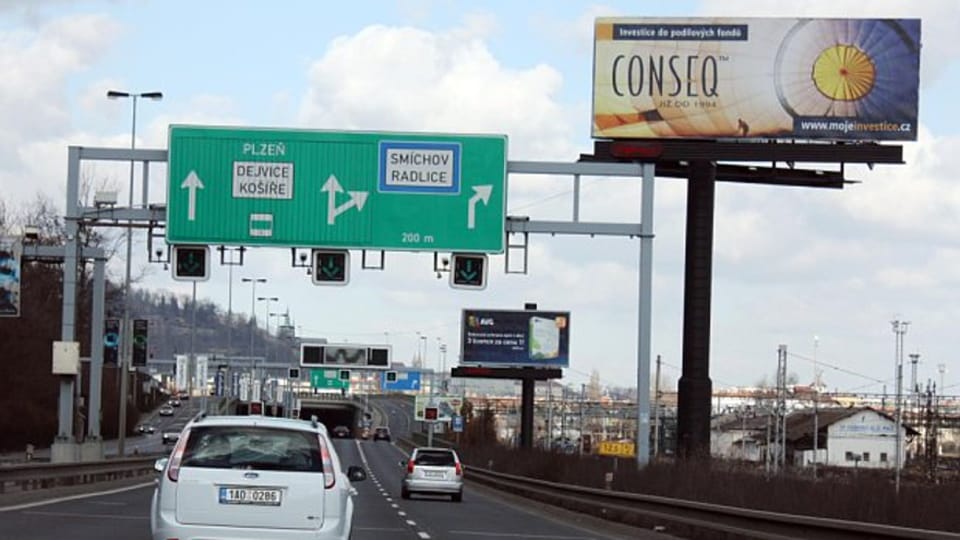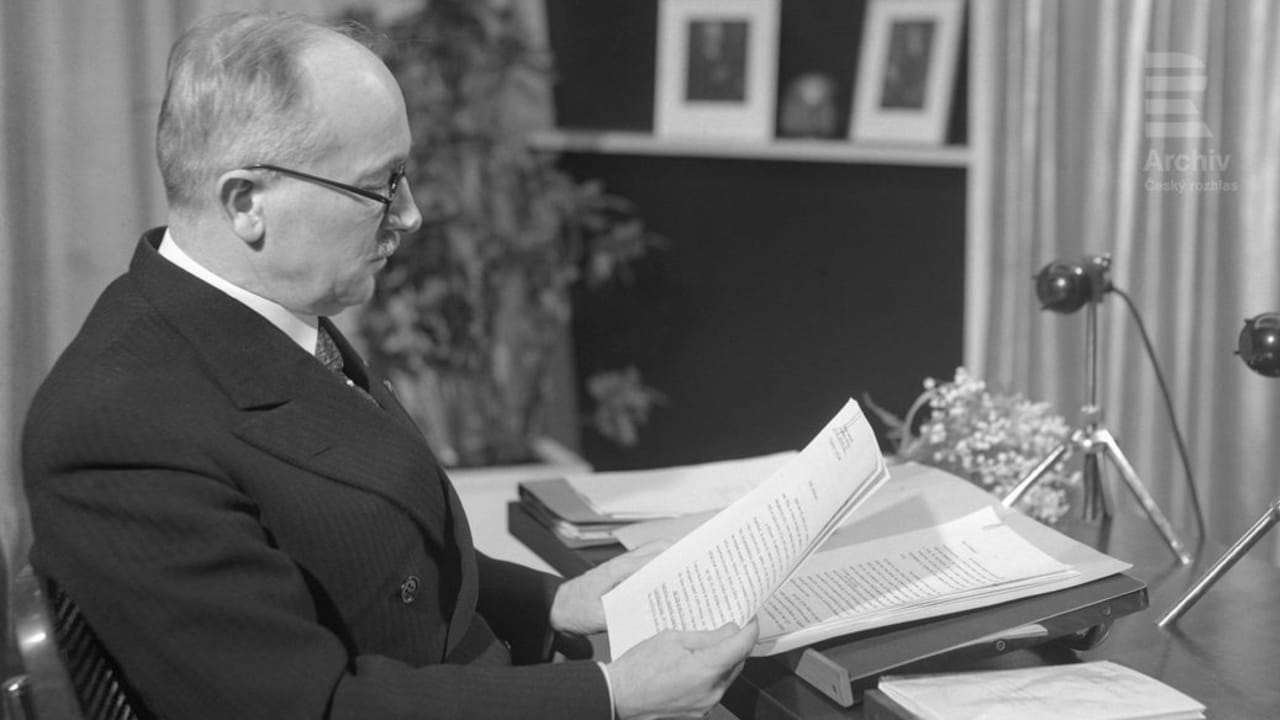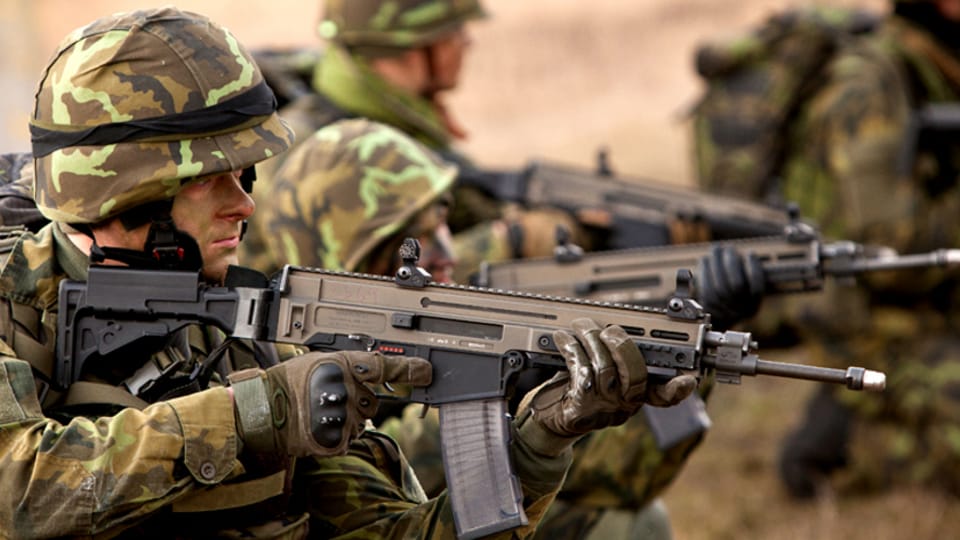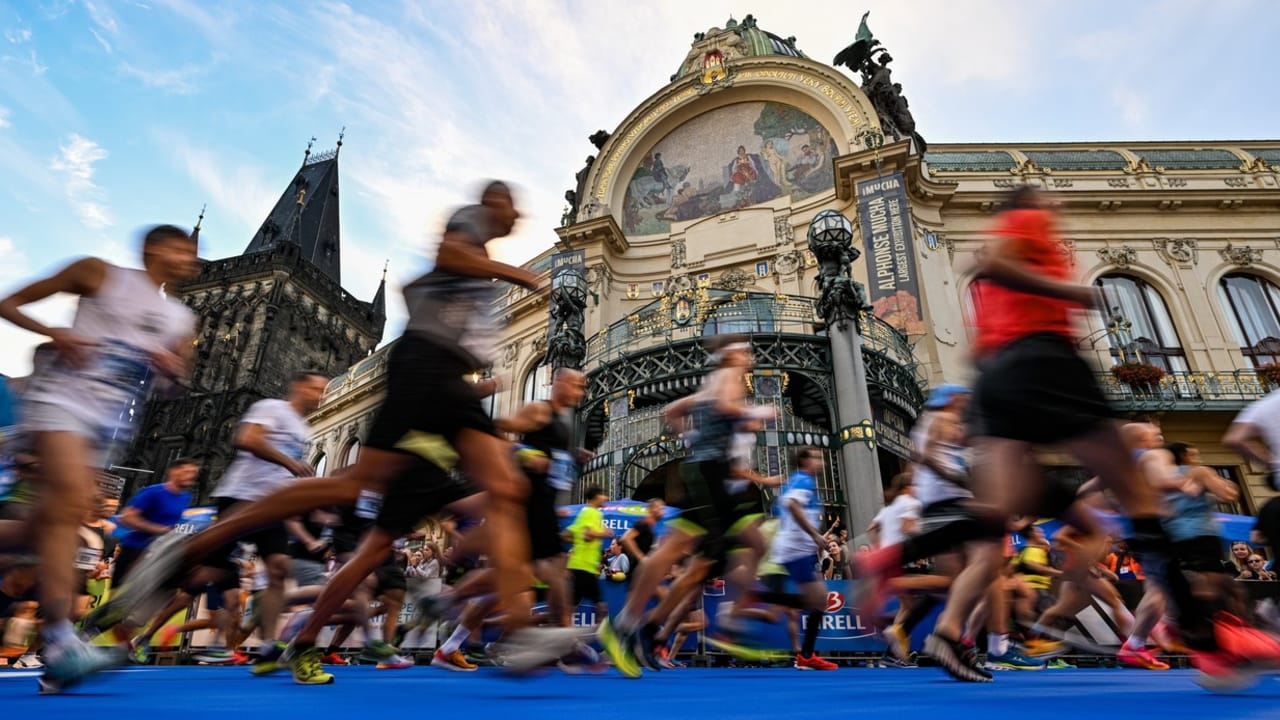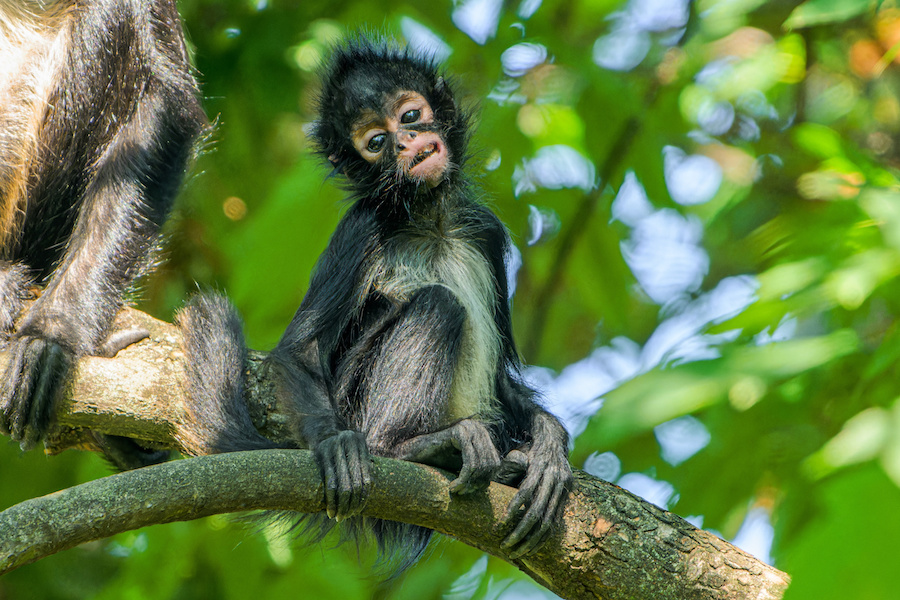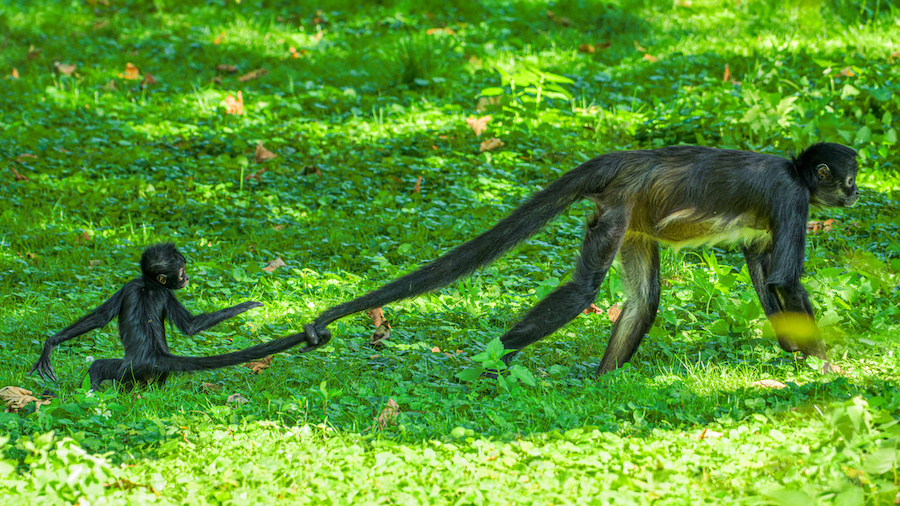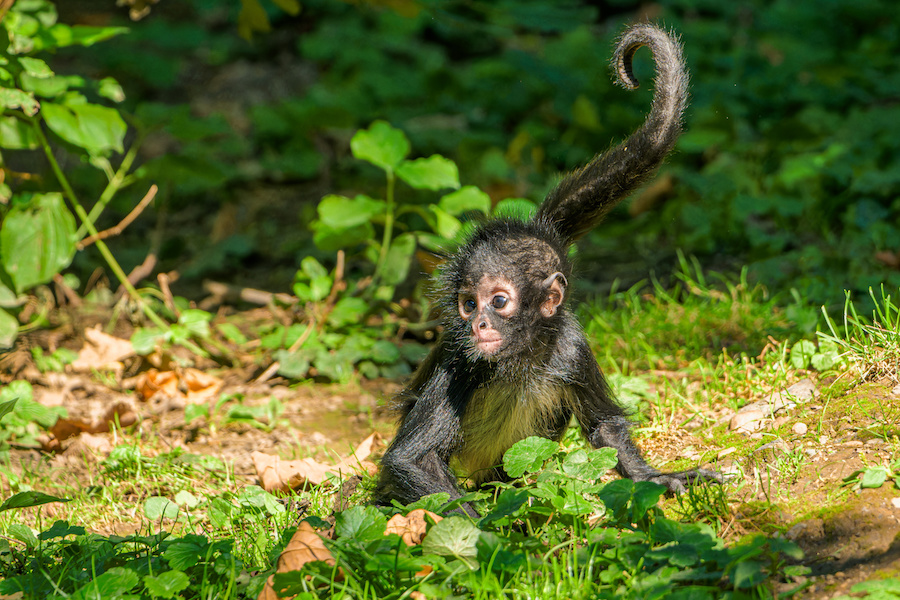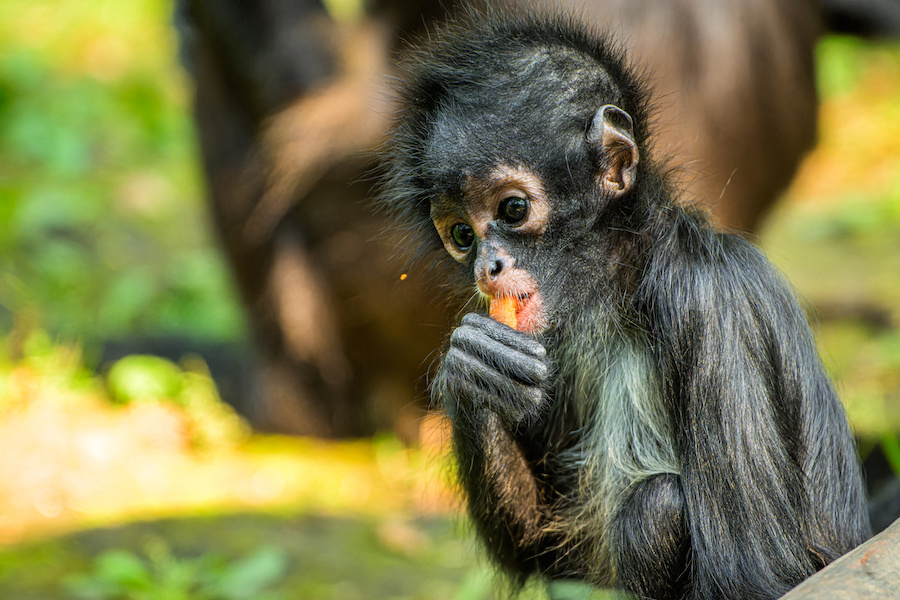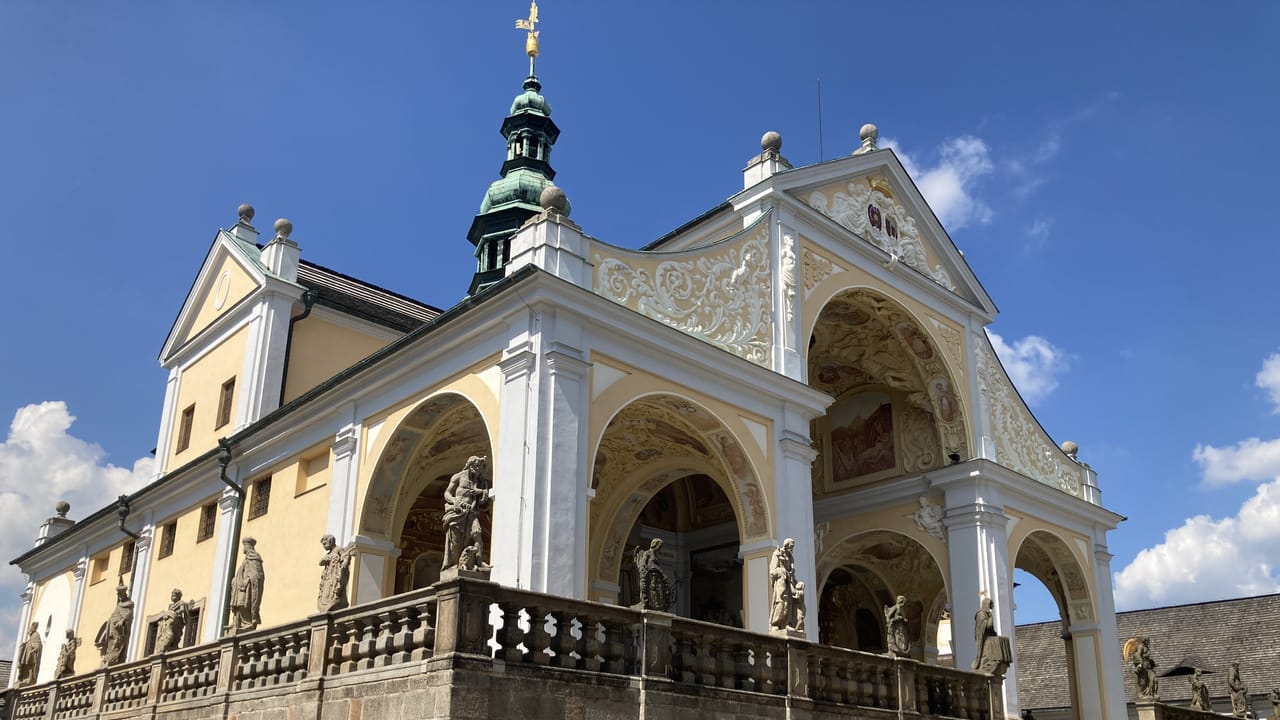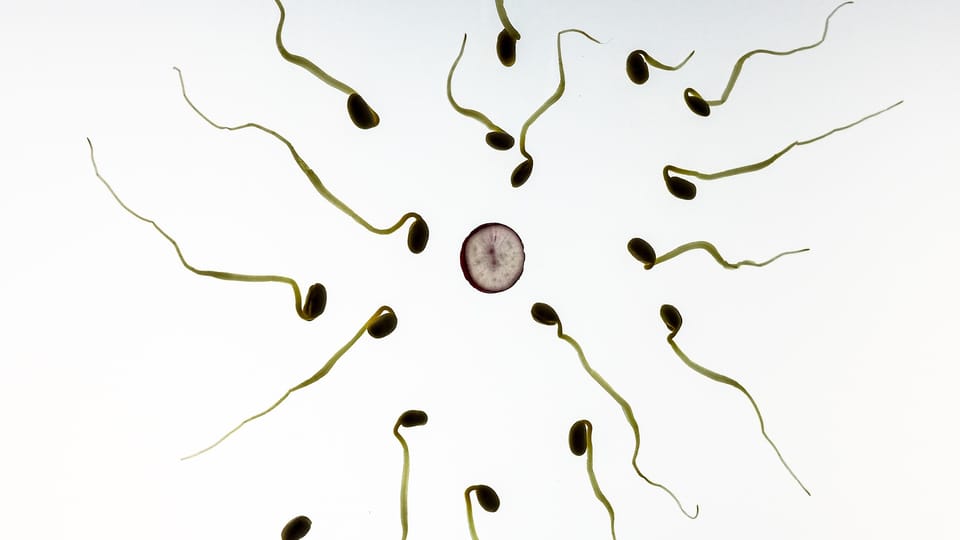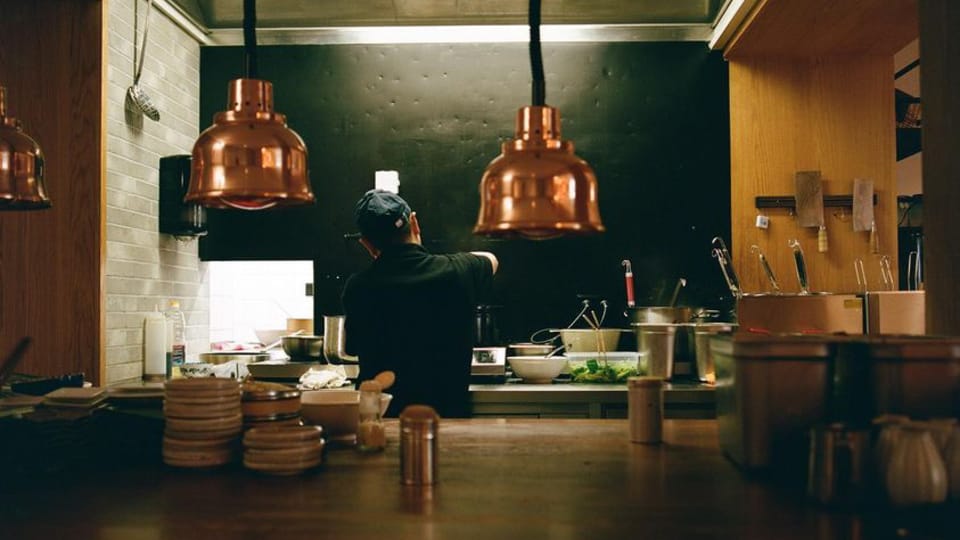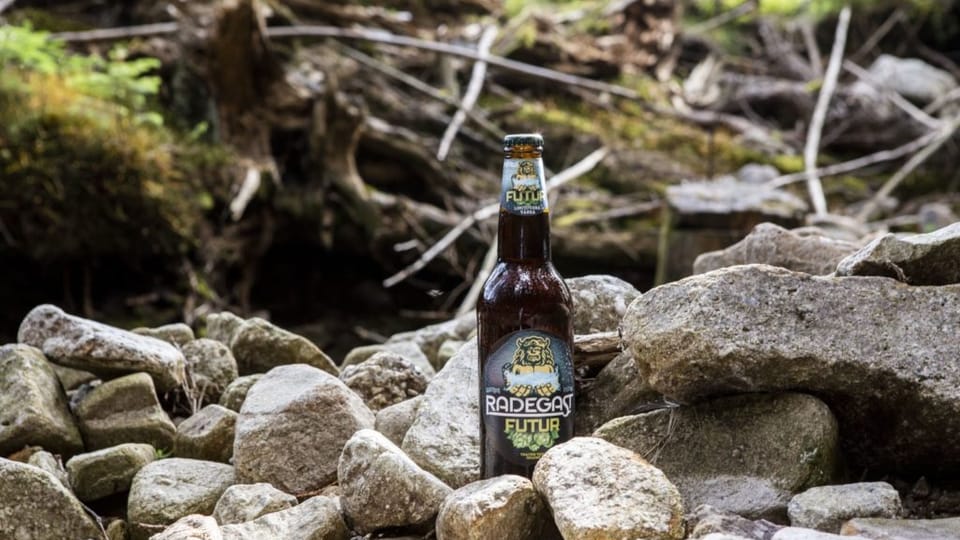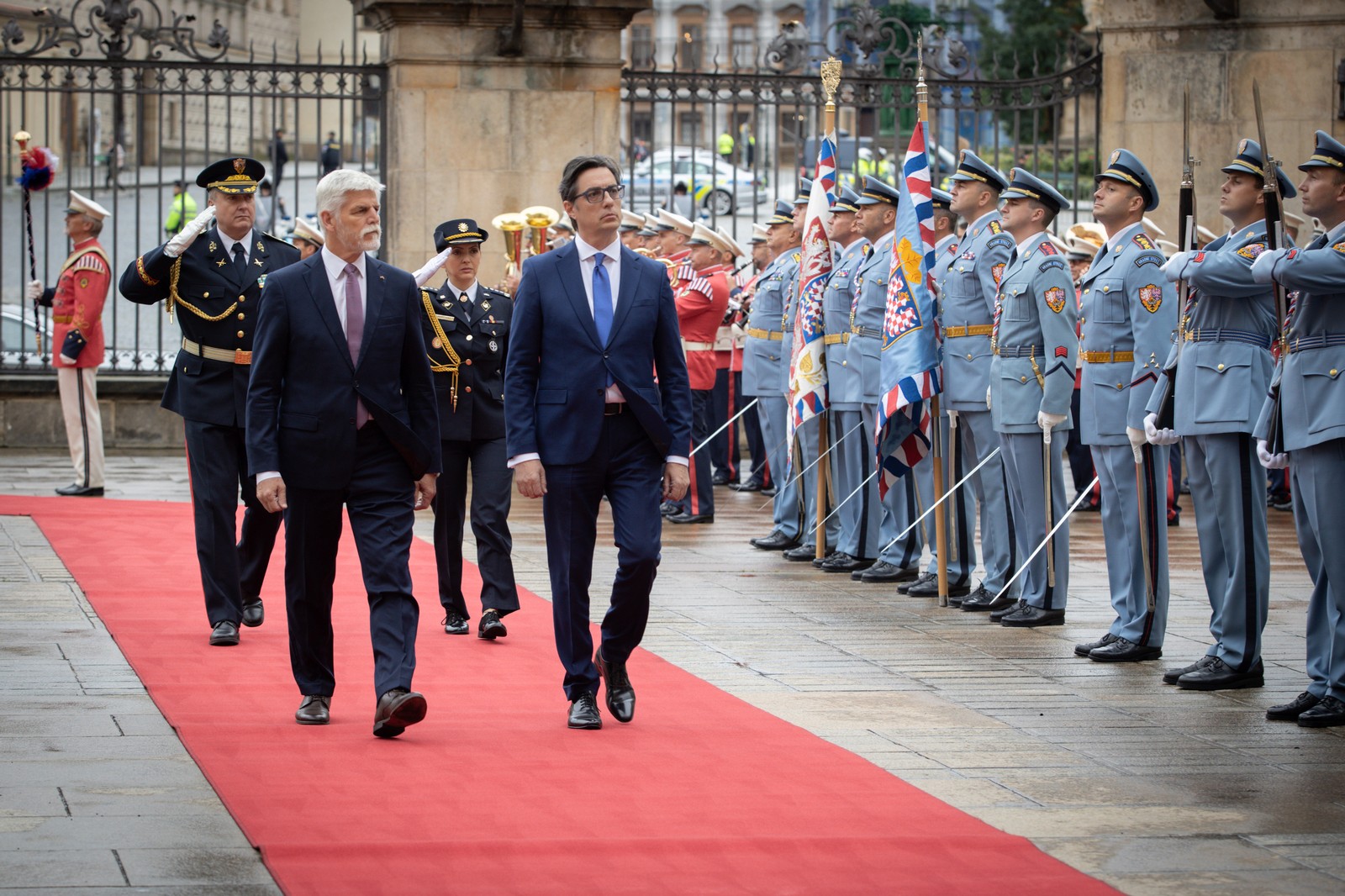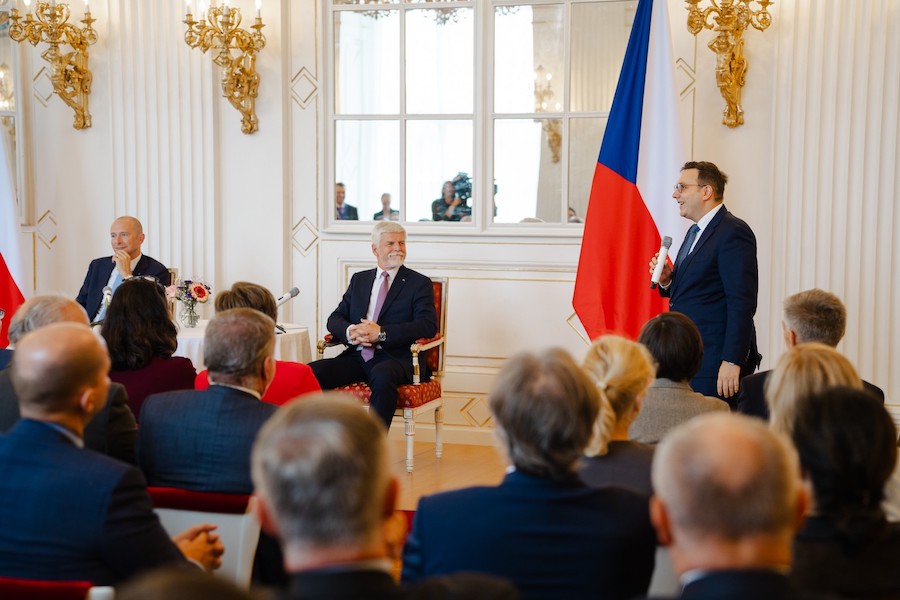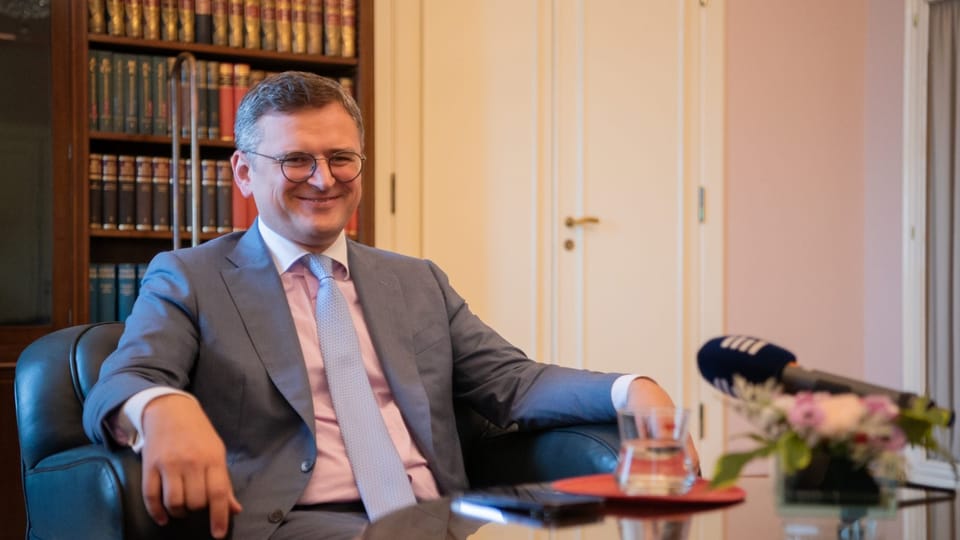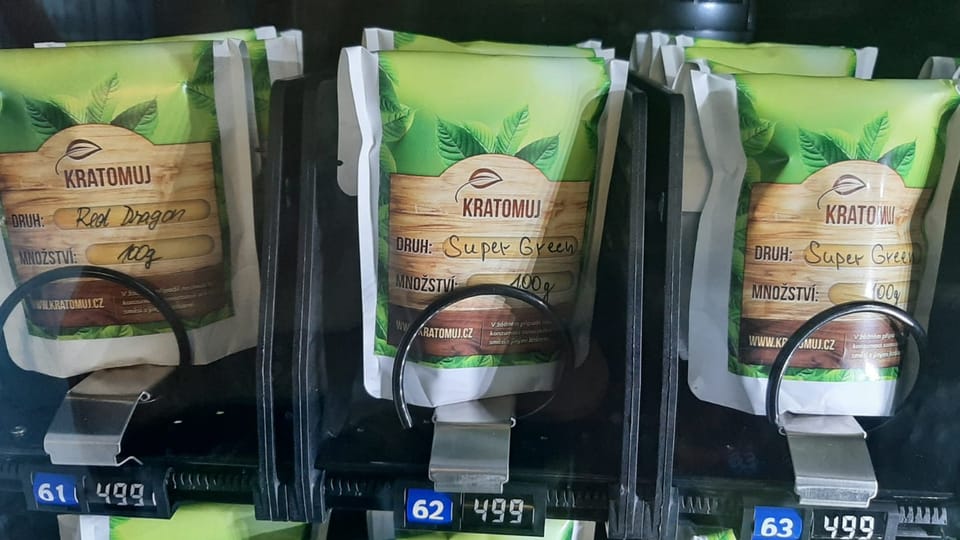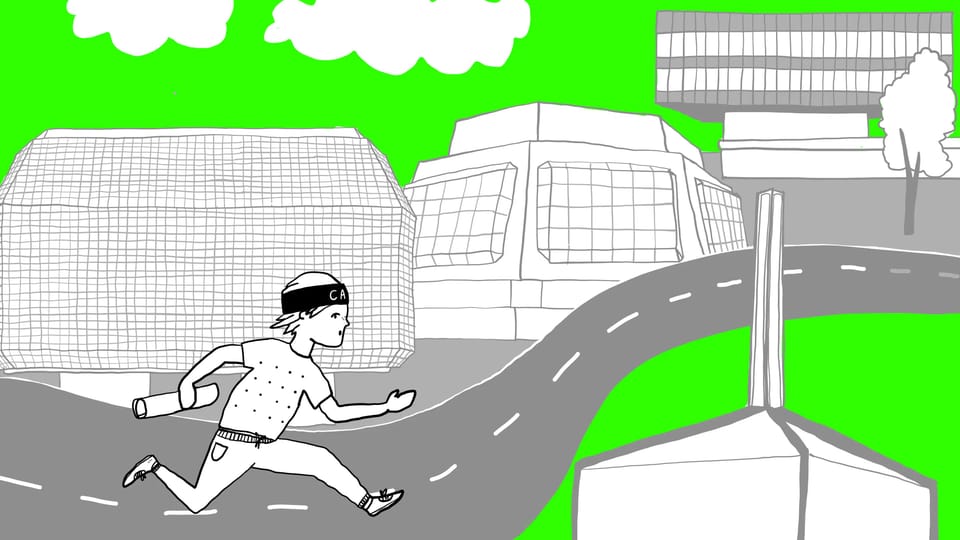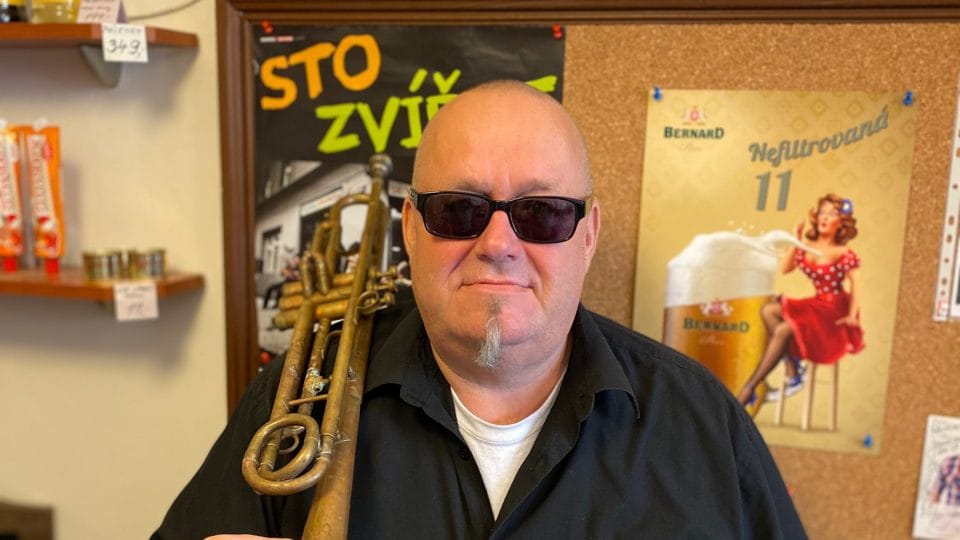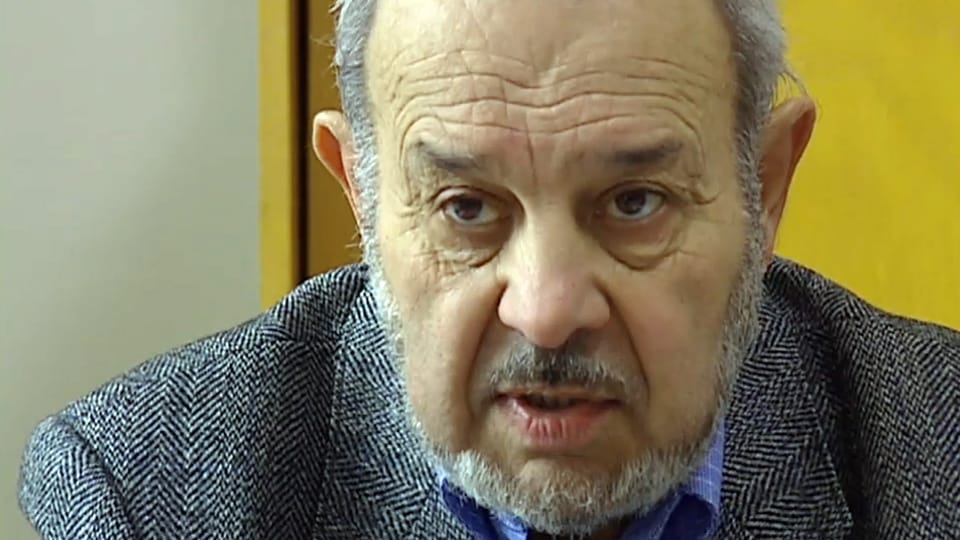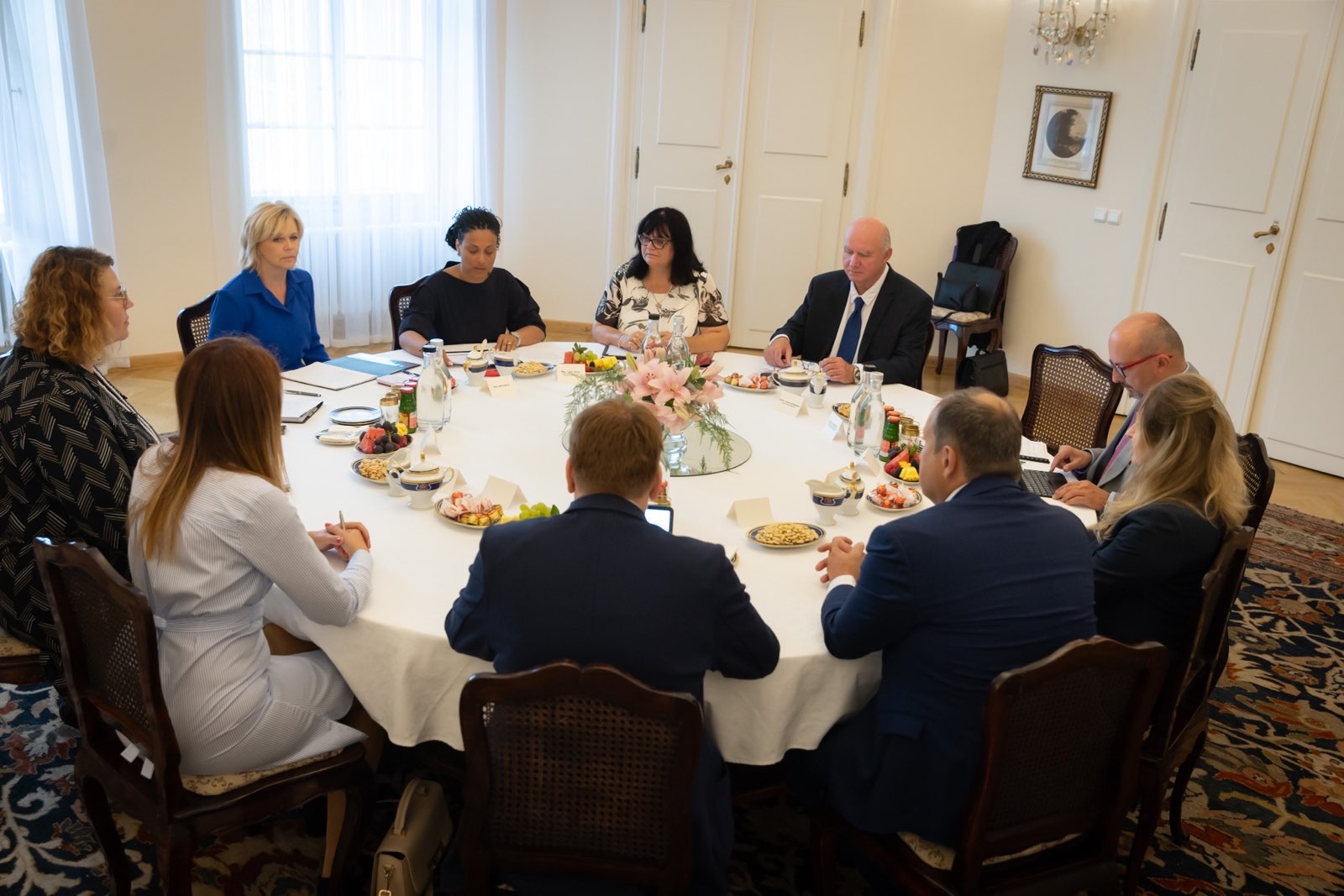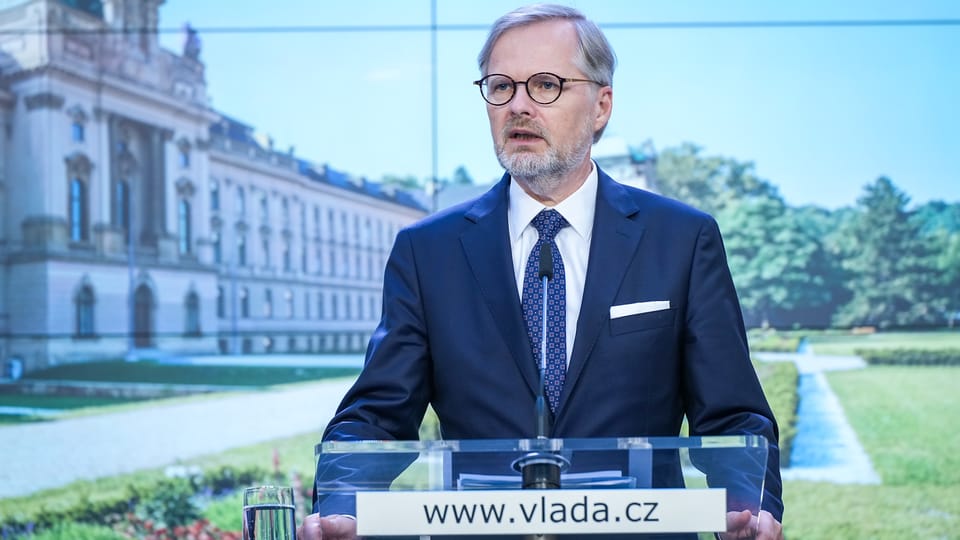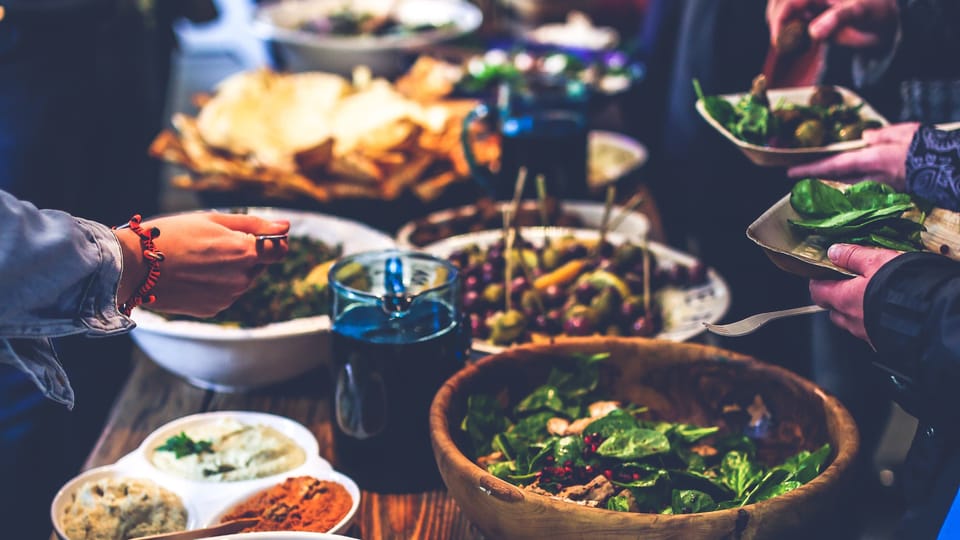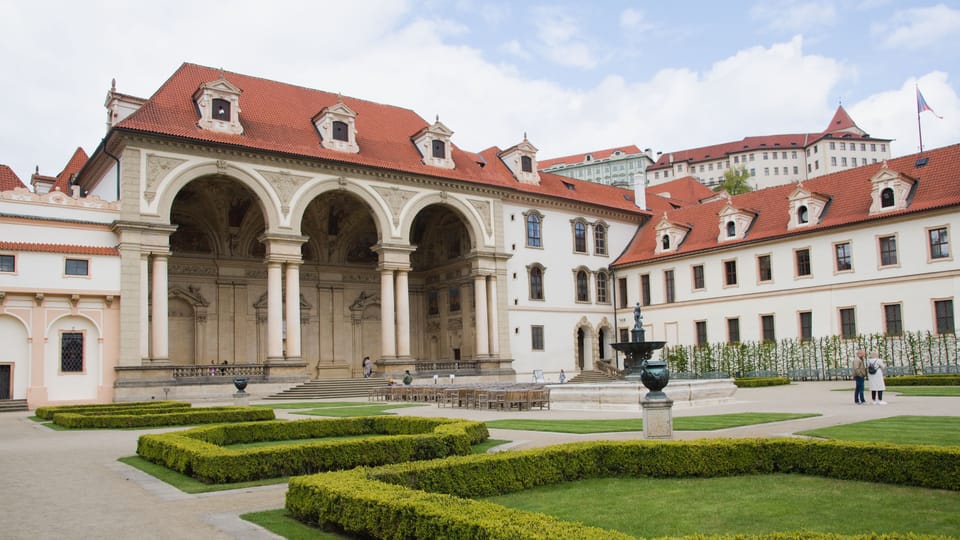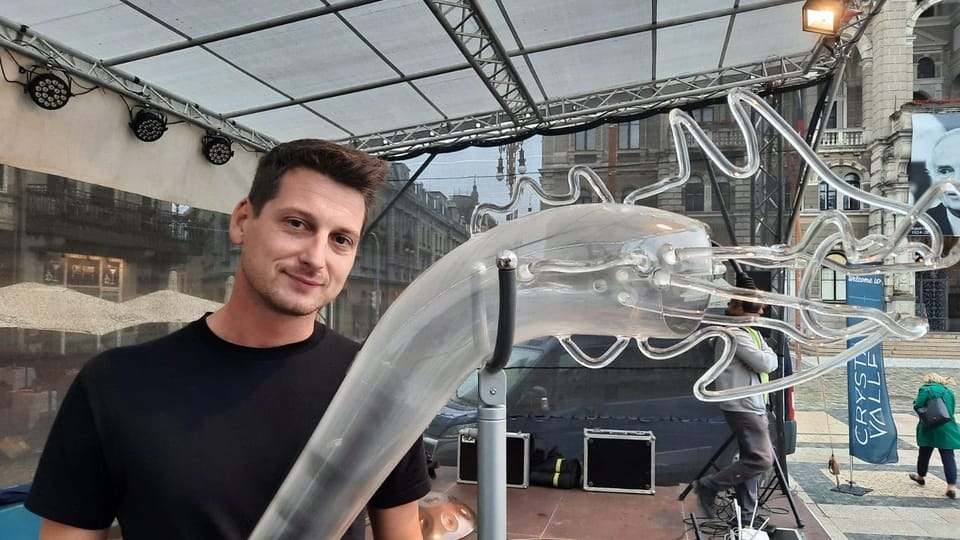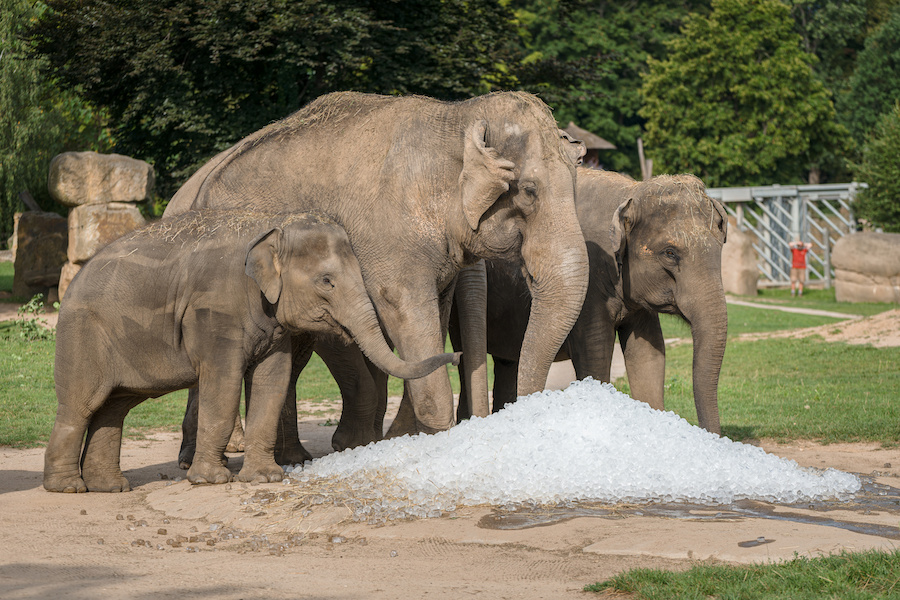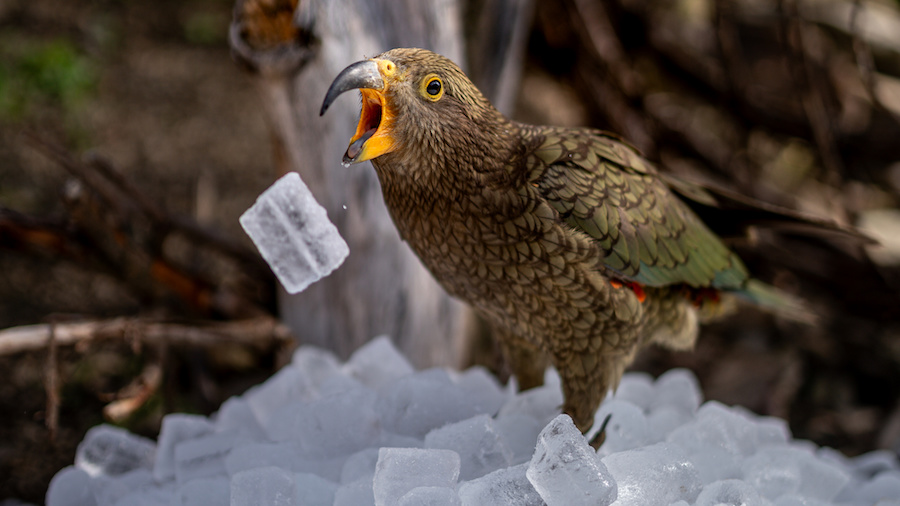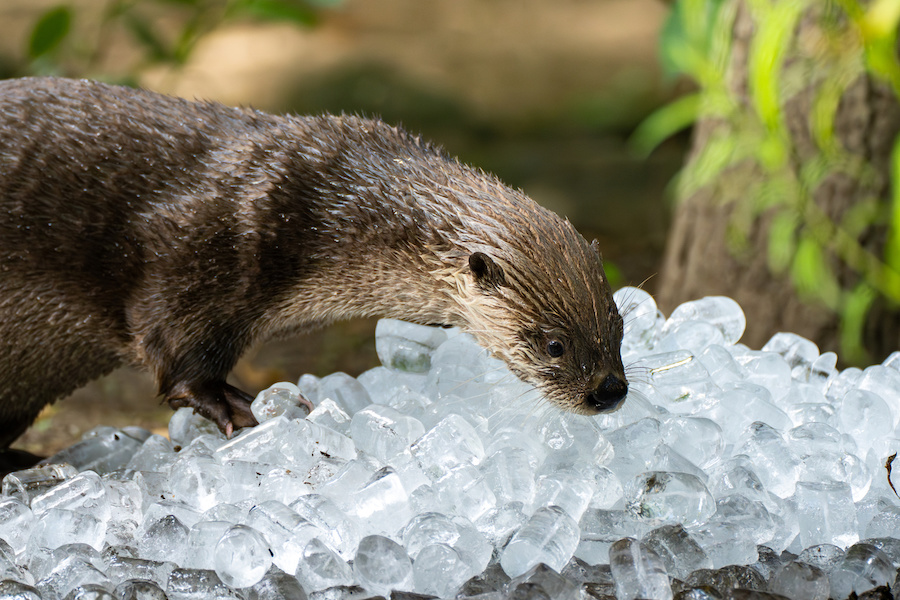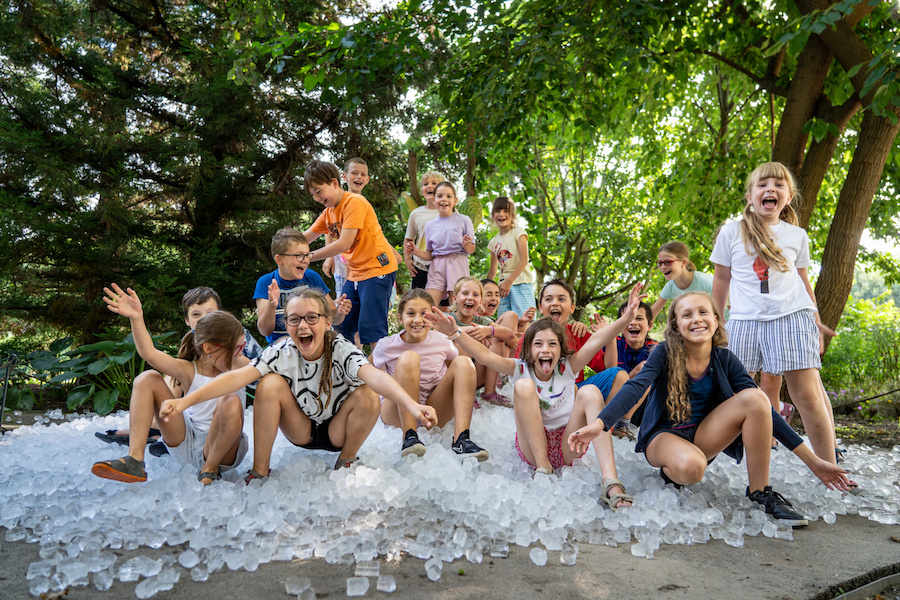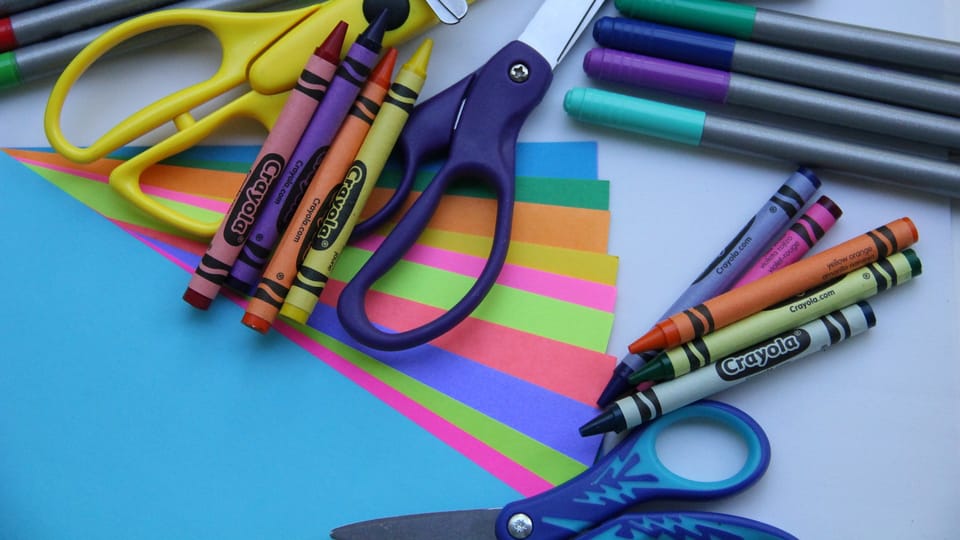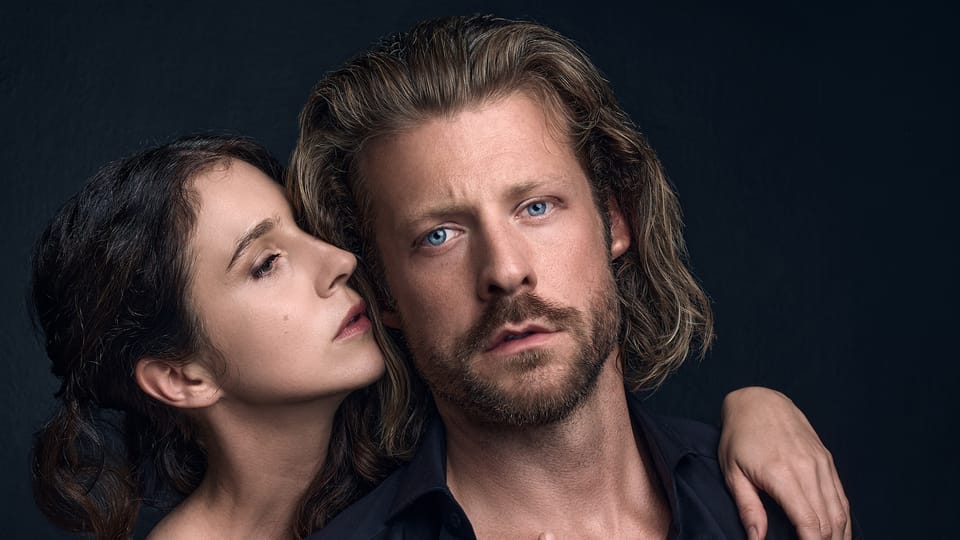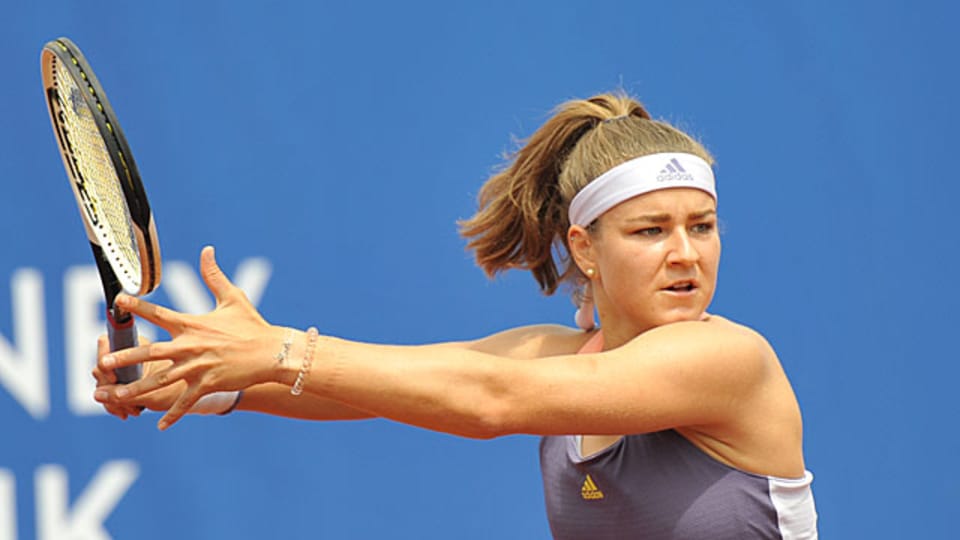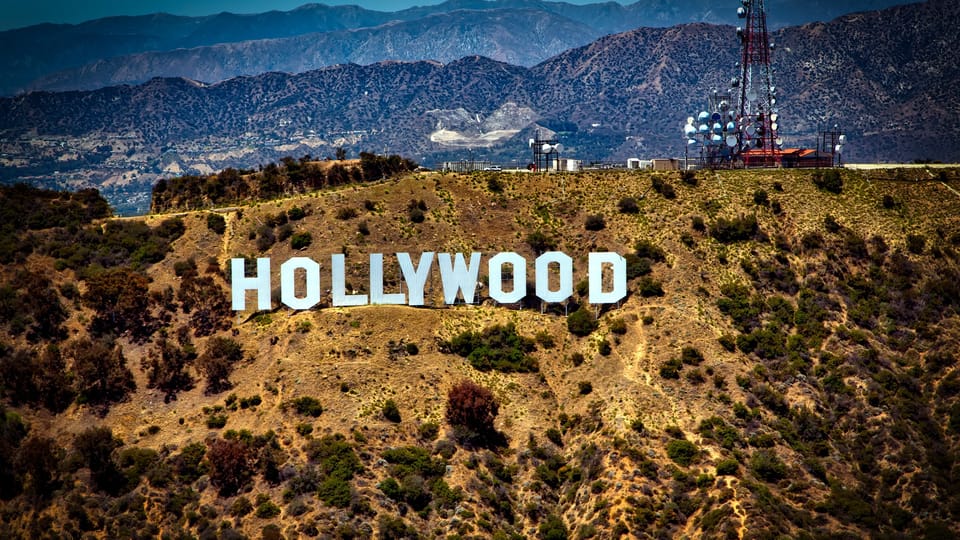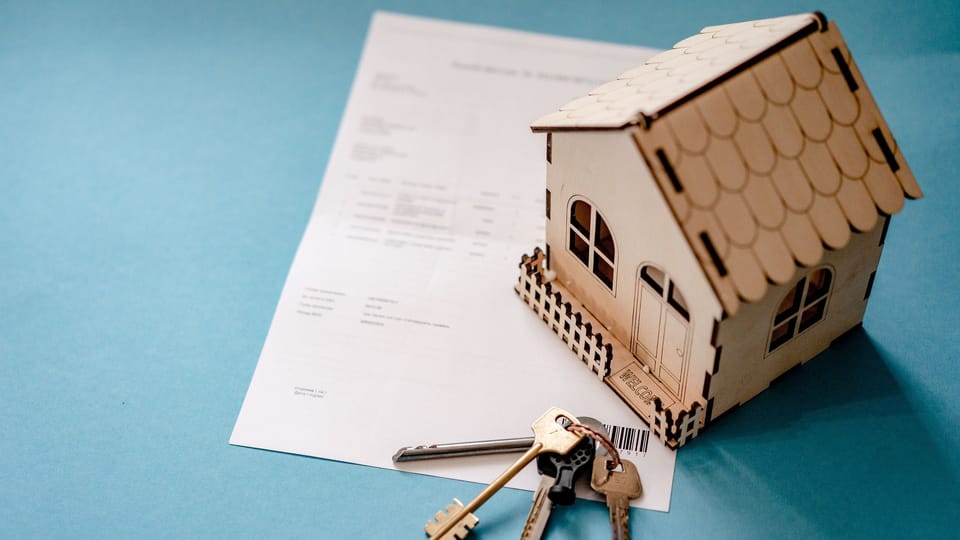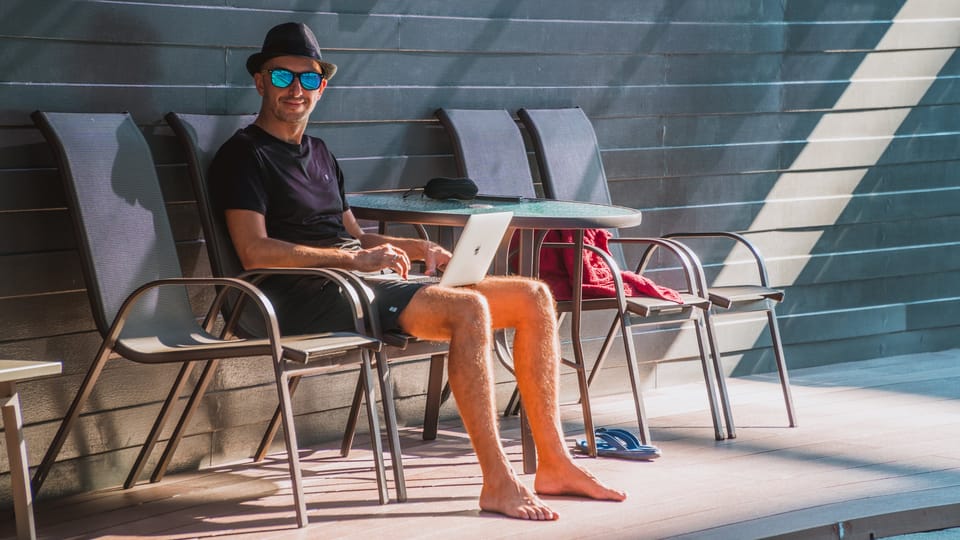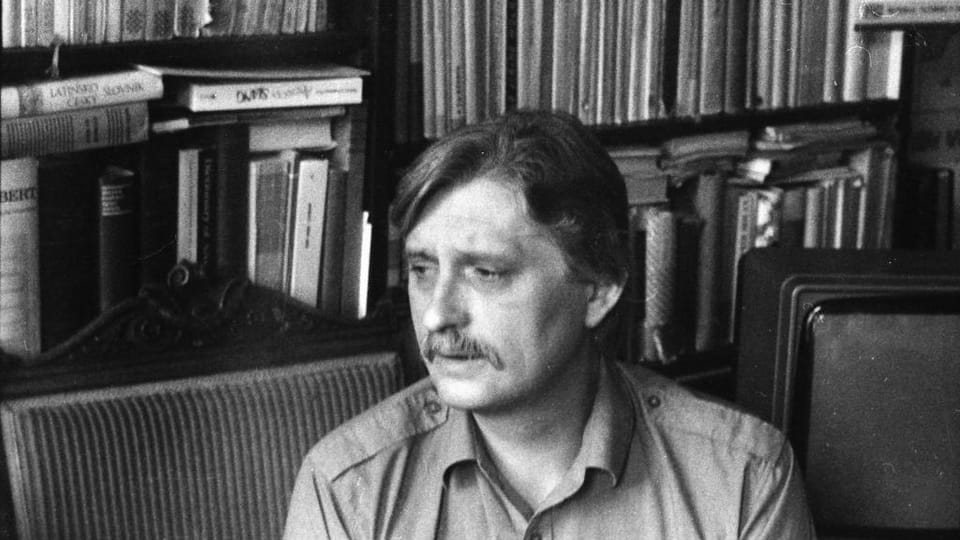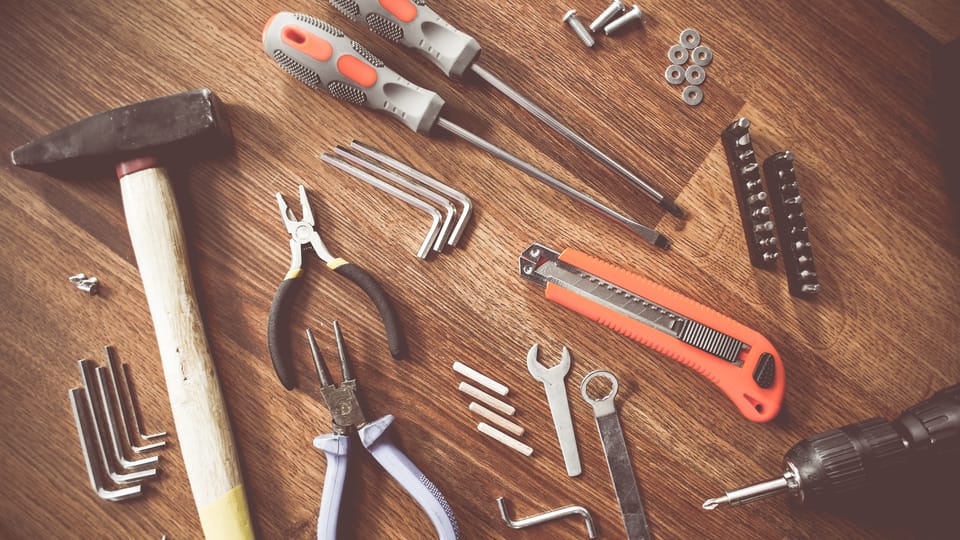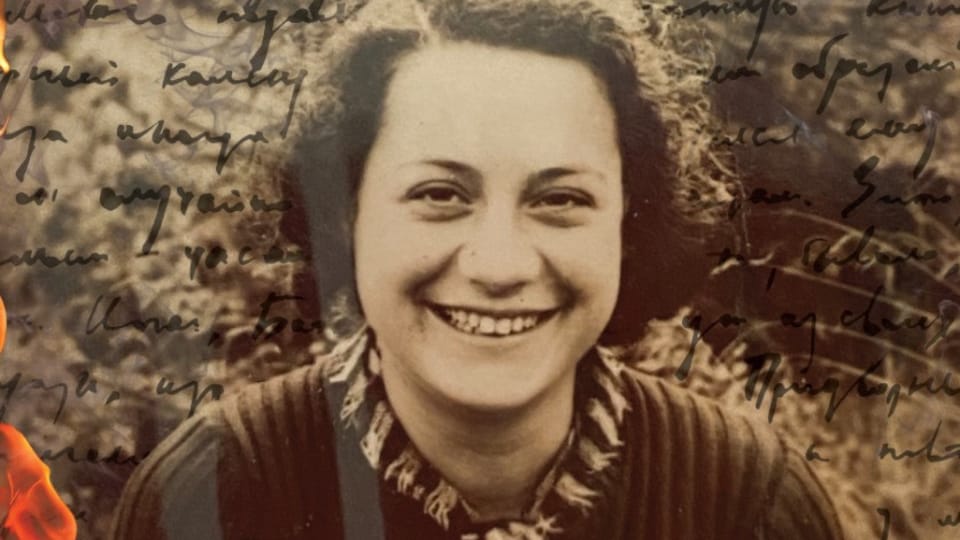
51% of Czechs plan to spend their autumn holidays in the Czech Republic. This follows from a survey by the Institute of Tourism of the CzechTourism agency. According to him, people would like to take an average of 8 days off in autumn, which is the same as last year and most often visit the South Bohemian and South Moravian regions. The estimated average expenditure of Czechs in the given period per person is CZK 6,371, i.e. CZK 458 higher than last year. On vacation, travelers most want to pay by card, 57% of respondents prefer these payments in the Czech Republic, 46% abroad. In many places in the heart of Europe, however, it is still not possible to pay by card.
According to the August survey, in which 1,000 respondents took part, people in the Czech Republic currently pay by card during their vacation mainly for fuel (63%), food in restaurants (54%) and accommodation (51%). On the contrary, he pays cash mainly for souvenirs (50%).
“In the digital age, it can be a surprise for many foreign and domestic tourists in the Czech Republic if they cannot pay by card somewhere. Not everyone carries cash with them, so it can unfortunately happen that the inability to pay by card will discourage them from visiting a beautiful place, if there is no ATM nearby,” says the Director of the Czech Tourism Office – CzechTourism Jan Herget and adds: “Of course, it is only up to the sellers , whether they accept cards and how far they perceive the given thing as customer-friendly. Similarly, the card companies are helpful towards sellers. At the same time, the reality is that cash payments can be a time problem, for example at large events, which are also key for tourism, among other things. It usually takes longer to receive and return cash than to pay by card. And we are not talking about the gray economy, and thus less income from tourism to the state budget.”
Accommodation, apart from the fact that Czechs most often pay for it by card during their free days, usually also makes up the largest part of the Czech holiday budget. This fall, according to the survey, they make up 44% of the total average spending per person. This is CZK 6,371, i.e. CZK 458 higher than in the same period last year. In general, Czechs traveling in the Czech Republic spend less on average per person per day than guests from abroad. The largest number of foreign tourists to the Czech Republic came from Germany in the second quarter of this year, with 637,000 arrivals. Slovaks followed, numbering 237,000. 212,000 Poles, 143,000 Americans and 113,000 Britons also visited the center of Europe. While Germans spent an average of 2,979 CZK per person and day in the Czech Republic in the given period, it was 1,538 CZK for Slovaks and 1,954 CZK for Poles. Out of the first TOP 5 foreigners in the Czech Republic, in terms of the number of arrivals, the spending by citizens of Great Britain was significantly higher. It was CZK 3,053.
“In the past summer season, we recorded a 25% year-on-year increase in the number of non-cash transactions of foreign tourists in our territory. Conversely, the number of ATM withdrawals fell by 10%. As expected, the gastronomy segment saw the biggest increase, with foreigners spending 42% more than last year, followed by transport, followed by food and drink purchases in brick-and-mortar stores. From our data, we also see that Americans, Danes and Norwegians spent the most with us,” says Visa Country Manager Petr Polák, adding “At Visa, we help connect local merchants with tourists thanks to our payment network, which is one of the largest in the world.”
Overall, the number of tourists in the Czech Republic in the 2nd quarter of this year was almost the same as before the coronavirus pandemic. 5,770,399 stayed in hotels, pensions and apartments, while in the same period of 2019 there were 5,776,284 guests. 2.5 million foreigners came to us, i.e. 32% more than last year. There were 3.2 million domestic tourists, which meant a year-on-year increase of 4%. Czechs are currently planning their autumn vacation to be the same length as last year, i.e. 8 days. In the Czech Republic, according to the survey mentioned above, they most often want to visit South Bohemia (22%), South Moravia (12%), Liberecký and Královéhradecký (11%) regions.
“From all available statistics, data and everyday experience, it follows that Czechs consider the card their primary payment instrument. This also applies when traveling in our country and in Europe, when in recent years many people no longer exchange money at all and rely on the fact that everywhere they pay comfortably, quickly and safely with a card, or they choose the local currency at an ATM,” says the director of business development for public administration at Mastercard Katarína Kakalíková and adds: “Our four neighbors have long been among the most popular countries for Czech tourists: Poland, Germany, Slovakia and Austria, but also Croatia and Italy. We are following an interesting development in Croatia, where significantly fewer Czechs went this year than last year, and they also spent less money there. However, we are observing the growing popularity of the use of payment cards throughout Europe, which is also confirmed by the decrease in the average amount paid: just like at home, people also get used to paying cashless even for smaller purchases on vacation.”
